
Meaning, Healing Properties, Advantages, Hardness, and Types of Turquoise
Table of Contents
Meet Meera, an overstressed entrepreneur racing deadlines while managing a family. She was in Ladakh when she came across a turquoise bracelet in a quaint local shop. She was interested in the calm colors and heard that it was a soothing stone, so she bought it.

Within weeks of wearing it, Meera noticed that changes were quite amazing: anxiety was reduced, communication improved, and sleep became better.
Curious, she started researching the history of the stone, finding its extraordinary healing powers. If you are also fascinated by this amazing gemstone, then keep reading as we find out everything about turquoise stone.
What is Turquoise?
The color of this natural gem is found in its attractive sky-blue, greenish blue, to intense blue and more. Their patterns are always beautiful because it may have different appearances depending on veins of rock formed around them.

The color for this stone results from a mix of hydrated copper and aluminum phosphate. Regions like these find Turquoise:

-
Iran (Persian turquoise): Known for its intense, robin's egg blue color.
-
USA (Arizona, Nevada): Characterized by matrix-filled turquoise.
-
China: Provides lower-grade, sometimes stabilized turquoise.
-
Egypt: The oldest of the turquoise-producing sources, turquoise has been mined there for over 6,000 years.
Such natural goodness and pliability make turquoise a favorite when creating jewelry, decorative art, and in certain spiritual practices.
Turquoise Meaning
Turquoise is a stone known for centuries for protection, wisdom, and peace. The color of the stone is a reflection of the blue sky and deep blue sea, therefore, calming the mind and bringing about balance.
Turquoise, in the metaphysical field, is associated with:
-
Facilitate self-expression, honest communication.
-
Enhance spiritual grounding and emotional clarity.
-
Induce a sense of inner peace and harmony.
Whether as an amulet or for meditation, turquoise reminds one to embrace one's authentic self yet to remain connected to the world around them.
Historic Importance
There is no other gemstone as full of history as turquoise. The mystical powers it held were matched only by its extraordinary beauty across all cultures:

-
Egypt: Ancient Egypt used turquoise to clad the tombs of pharaohs and the protective amulet. It has famously been included on the face mask of Pharaoh King Tutankhamun.
-
Persia: Known as "firouzeh," this was a heaven-protecting gem that was used often in palaces and crowns.
-
Native Americans: Among the Navajo and Apache tribes, turquoise is considered a stone that brings closer to the spirits. It was used in rain ceremonies.
-
Tibet and China: In the Tibetan culture, turquoise is associated with the life cycle of humans and the good fortune well-being stone.
-
Victorian Europe: Turquoise was popular for being a symbol of love in the form of a gift for eternal devotion.
From ancient artifacts to modern heirlooms, turquoise continues to bridge the past and present with its enduring allure.
Facts About Turquoise

-
Chemical Composition: Its rich color is attributed to trace elements of copper. The higher concentration of copper yields a bluish hue, and iron gives a greenish shade.
-
Origin of the Name: The term "turquoise" literally means "Turkish stone," as this stone was discovered in Turkey and was first introduced into Europe.
-
Cultural Significance: Some people believed that the turquoise would turn color to foretell danger or illness.
-
December Birthstone: As the birthstone of December, it is usually related to Sagittarius and Capricorn.
-
Healing Legacy: Old-time healers would use turquoise healing properties in elixirs and poultices because they believed that turquoise could heal anything
Must read: Spotting Real vs. Fake Turquoise: What to Look For
Turquoise Benefits
Turquoise is a far more powerful stone than simply being a decoration; it can be an ally for the mind, body, and spirit. Let's look at its benefits in detail.
It nurtures emotional fitness as well, and supports general physical health besides. This practicality works on multilevel perspectives: physical, mental, and emotional as well as spiritual. Let's get into it further:

Price Range
Turquoise's price ranges significantly due to the difference in its origin, quality, and treatment. Good-quality high-grade turquoise is very scarce and precious; other varieties that have been stabilized or dyed can be cheaper.
The price range per carat is:
-
Premium Persian: ₹1,500 and ₹20,000.
-
Sleeping Beauty Turquoise: ₹1,000 to ₹15,000
-
Stabilized turquoise: ₹300 and ₹800.

Looking for real turquoise stones? Check out the handpicked range at GemstonesForSale.com.
Hardness Scale

Turquoise is 5 to 6 on the Mohs scale. Thus, it is relatively soft in comparison with other gemstones such as sapphire or quartz. It can withstand jewelry use, but requires delicate care not to scratch or break.
Maintenance Tips

Proper care is necessary in preserving the beauty and integrity of turquoise. Some tips on maintaining your gemstone to pristine conditions include:
-
Do not expose turquoise to chemicals because chemicals from cleaners or perfumes may damage its surface.
-
Heat Damage: Prolonged exposure to the sun or to heat fades out the color of turquoise.
-
Wipe with soft, moist cloth. Ultrasonic cleaning or steam is also avoided as these methods cause damage.
-
Store carefully: Turquoise should be placed in a soft pouch or divided into spaces in a jewelry box to prevent scratching itself.
-
Rehydrate periodically: Turquoise is porous and dries out readily. Minimal mineral oil should be applied at intervals to revive the shine.
Types of Turquoise
This is a gemstone that comes in various types with unique characteristics and appeal. Persian turquoise, which is known for its vibrant sky-blue shades, or Nevada turquoise, which presents rich matrix patterns, each of them has their own story. Here's a closer look at the most outstanding types of turquoise:
1. Persian Turquoise
Persian turquoise, which originates from Iran, is one of the most sought-after varieties globally. It has an immaculate, sky-blue color without any matrix patterns, which makes it pure and uniform in appearance.
Characteristics:
-
Welcoming, deep rich blue color often referred to as "robin's egg blue."
-
Smooth texture and a highly polished finish.
-
Not very often requiring stabilization because of its natural hardness and quality.
Cultural Importance:
Turquoise has been prized for thousands of years. The Persian royalty used this gemstone to decorate themselves; they strongly believed it brought them luck and protection.
Usage:
Primarily utilized in fine jewelry, Persian turquoise is desired for its classic elegance and timelessness.

2. Sleeping Beauty Turquoise
It is named after the mountain where it was discovered in Arizona, the Sleeping Beauty Mountain. The Sleeping Beauty turquoise is well-known for its consistent, robin's egg blue color. This is probably one of the most recognizable and used types of turquoise in contemporary jewelry.
Characteristics:
-
Bluish color is fairly homogeneous and without veining or matrix.
-
Very soft; this stone has a tendency to be stabilized for added hardness.
Popularity:
-
Well favored by jewelers for a clean, bright look.
-
A great stone used for Southwestern and Native American theme jewelry pieces.
Unique Appeal:
Its light cheerful tone is used for everyday as well as statement pieces.

3. Chinese Turquoise
Chinese turquoise is affordable and ranges in shades of greenish-blue tones. The stone is commonly stabilized for strength and color retention over time.
Color Characteristics:
-
Pale blue to strong greenish-blue.
-
Often presents intricate matrix patterns, giving character to each piece.
-
Softer than other strains, it needs stabilizing for safe long-term use.
Mining History:
China has mined turquoise for thousands of years. It has been used in the most traditional Chinese arts, carvings, and jewelry.
Versatility:
Chinese turquoise is mainly used in beautiful and artistic pieces of jewelry since it has wonderful colors and stunning veining.

4. Nevada Turquoise
Nevada turquoise mined in the USA has many different colors and spectacular matrix patterns. Due to this diversity, it's highly appreciated among collectors.
Description:
Colour range from deep blue to green and sometimes even having white or brown matrix.
Good strength and toughness; very often used in the matrix-bearing state.
Mines:
-
Some mines
-
Royston mine.
-
Kingman mine
-
Blue Gem mine.
Turquoise varies in color and matrix pattern depending on the mine.
Cultural Significance
Nevada turquoise has cultural significance for Native Americans. They use it to make traditional jewelry and ceremonial pieces.

5. Stabilised Turquoise
Stabilized turquoise is not a variety of turquoise but stabilized turquoise. Here, the process of stabilization entails infusing a resin into the stone to improve its durability while enhancing its colour.
Characteristics:
Scratching, staining and fading resistant
-
Generally has brighter color due to the stabilization.
-
Available in sizes and shapes making it versatile and applicable in almost all applications.
Natural turquoise tends to be porous and more likely to become discolored over time.
Stabilizing ensures that the stone remains aesthetically appealing and intact for much longer periods.
Uses:
Stabilized turquoise is extensively used in less expensive jewelry and other decorative objects so that many can afford to own it.

A summary table for the stone of every taste

Why Turquoise is Loved Today
Turquoise's popularity cuts across all ages and trends. From an ancient tradition to the modern era of aesthetics, there is a stone that stands apart from all other stones, with the turquoise offering something for everybody. Versatility, along with profound symbolic meaning, makes it a beloved stone across the world.

Conclusion
Turquoise is more than just a gem; it holds the epitome of harmony, wisdom, and strength. From its healing nature to the ageless beauty it depicts, this stone is incontestably special for any gem enthusiast who brings it into his home.
Whether it's the belief in its spiritual benefits or the beautiful aesthetics, turquoise is an end worthy of inclusion in your collection. Have a look at authentic pieces for sale on GemstonesForSale and see the transformation this could bring to your life.
FAQs
1: What makes turquoise unique?
Its beautiful color, deep history, and metaphysical attributes make it the most unique and versatile gem.
2: Does turquoise actually provide some sort of protection
Many believe that turquoise can be a different type of protector amulet-a protection against things that might have harm and also negativism.
3: How can I determine whether my turquoise is real or not?
Natural turquoise has a dull finish with veining. Synthetic ones are too polished and do not have much variation.
4: Can the turquoise be used daily?
Yes. Just avoid harsh chemicals, heating, or generally damaging it.
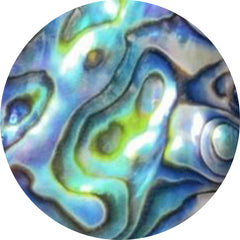 ABALONE SHELL (105)
ABALONE SHELL (105)
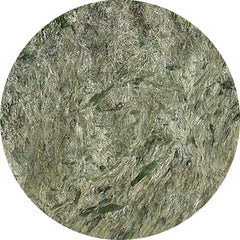 ACTINOLITE (3)
ACTINOLITE (3)
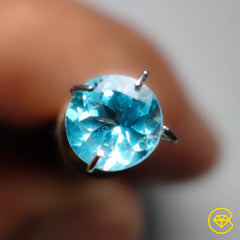 Affordable Gemstones (17211)
Affordable Gemstones (17211)
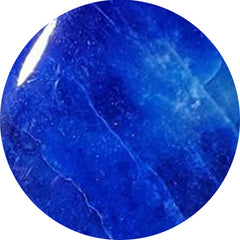 AFGHANITE (8)
AFGHANITE (8)
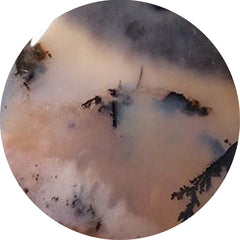 AGATE (2538)
AGATE (2538)
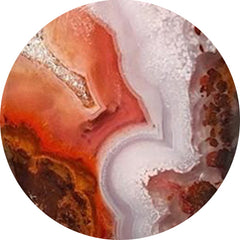 AGUA NUEVA (11)
AGUA NUEVA (11)
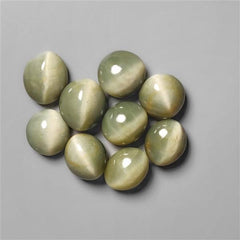 All Gemstones (3)
All Gemstones (3)
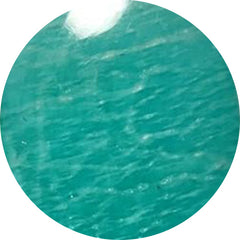 AMAZONITE (167)
AMAZONITE (167)
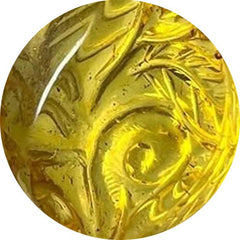 AMBER (131)
AMBER (131)
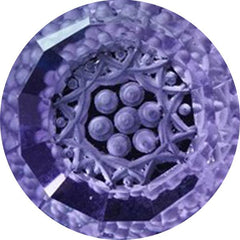 Amethyst (545)
Amethyst (545)
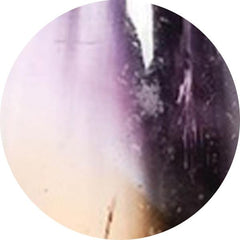 AMETRINE (0)
AMETRINE (0)
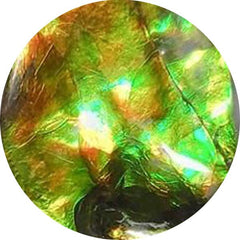 AMMOLITE (27)
AMMOLITE (27)
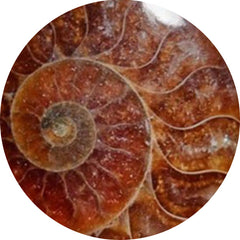 AMMONITE (84)
AMMONITE (84)
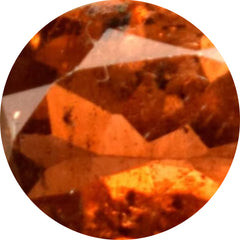 ANDALUSITE (1)
ANDALUSITE (1)
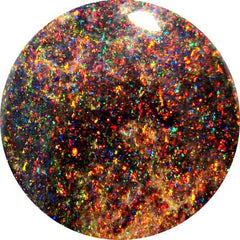 ANDAMOOKA OPAL (0)
ANDAMOOKA OPAL (0)
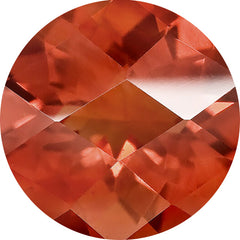 ANDESINE (1)
ANDESINE (1)
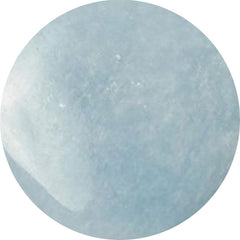 ANGELITE (32)
ANGELITE (32)
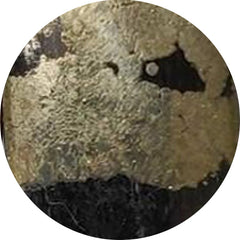 APACHE GOLD (23)
APACHE GOLD (23)
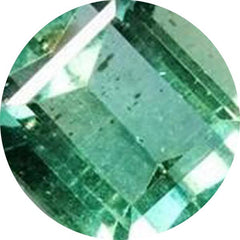 APATITE (119)
APATITE (119)
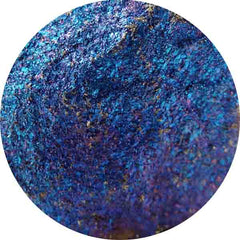 APOPHYLLITE (1)
APOPHYLLITE (1)
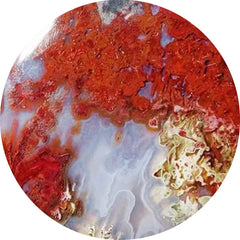 APPLE VALLEY AGATE (0)
APPLE VALLEY AGATE (0)
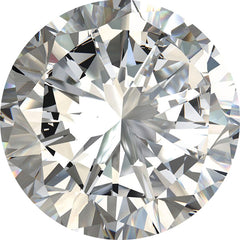 APRIL BIRTHSTONE (1800)
APRIL BIRTHSTONE (1800)
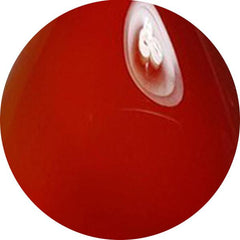 AQEEQ (0)
AQEEQ (0)
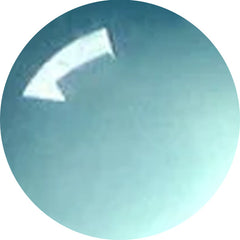 AQUA CHALCEDONY (20)
AQUA CHALCEDONY (20)
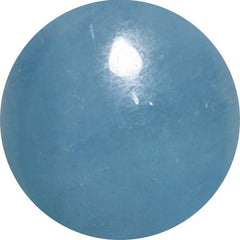 AQUAMARINE (94)
AQUAMARINE (94)
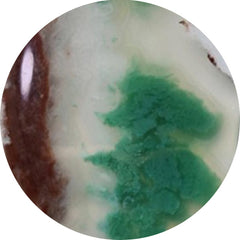 AQUAPRASE (65)
AQUAPRASE (65)
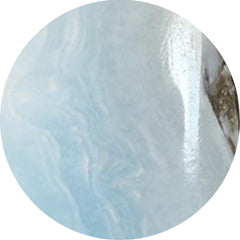 ARAGONITE (16)
ARAGONITE (16)
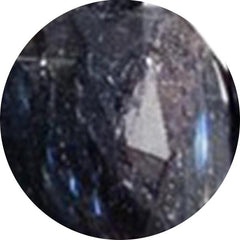 ARFVEDSONITE (12)
ARFVEDSONITE (12)
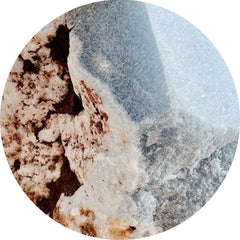 ARISTOLITE (0)
ARISTOLITE (0)
 ARIZONA TURQUOISE (0)
ARIZONA TURQUOISE (0)
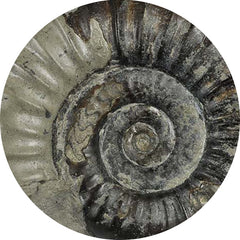 ARNIOCERAS SEMICOSTATUM FOSSIL (0)
ARNIOCERAS SEMICOSTATUM FOSSIL (0)
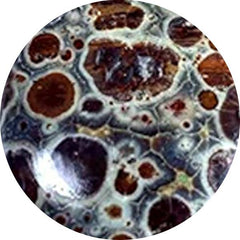 ASTEROID JASPER (11)
ASTEROID JASPER (11)
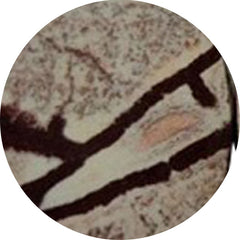 ASTROPHYLLITE (54)
ASTROPHYLLITE (54)
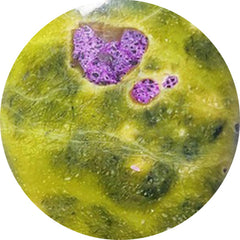 ATLANTASITE (91)
ATLANTASITE (91)
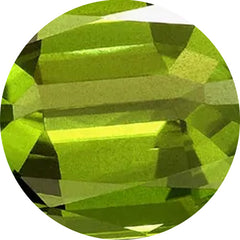 AUGUST BIRTHSTONE (46)
AUGUST BIRTHSTONE (46)
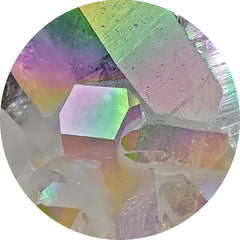 AURA QUARTZ (0)
AURA QUARTZ (0)
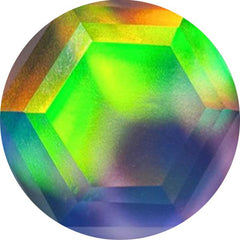 AURORA OPAL (272)
AURORA OPAL (272)
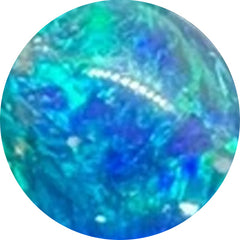 AUSTRALIAN OPAL (7)
AUSTRALIAN OPAL (7)
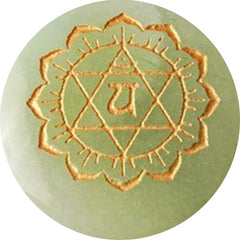 AVENTURINE (70)
AVENTURINE (70)
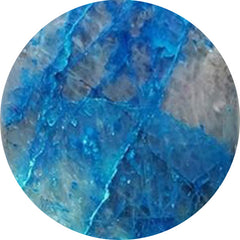 AZURITE (282)
AZURITE (282)
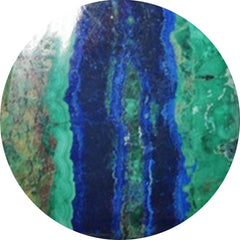 AZURITE MALACHITE (22)
AZURITE MALACHITE (22)
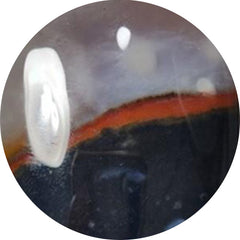 BANDED AGATE (80)
BANDED AGATE (80)
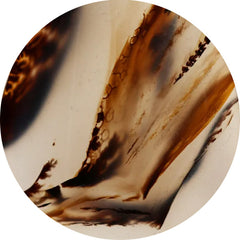 BARBER AGATE (0)
BARBER AGATE (0)
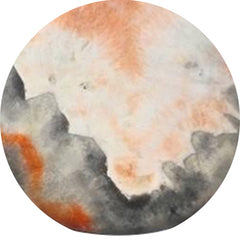 BARITE (13)
BARITE (13)
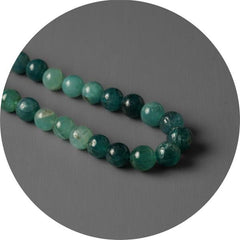 Beads (53)
Beads (53)
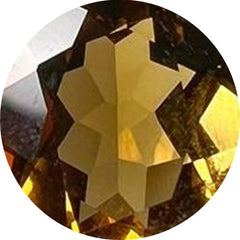 BEER QUARTZ (23)
BEER QUARTZ (23)
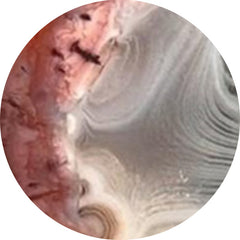 BERBER AGATE (5)
BERBER AGATE (5)
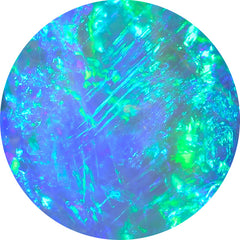 Best Seller (0)
Best Seller (0)
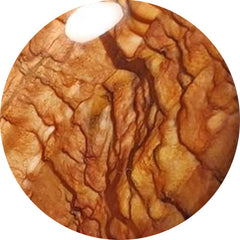 BIGGS JASPER (34)
BIGGS JASPER (34)
 Bird Carving (90)
Bird Carving (90)
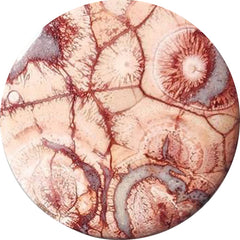 BIRD EYE JASPER (49)
BIRD EYE JASPER (49)
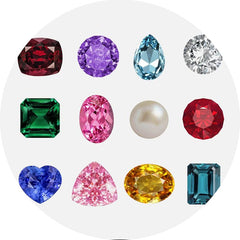 Birthstones (0)
Birthstones (0)
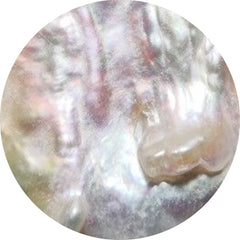 BIWA PEARL (35)
BIWA PEARL (35)
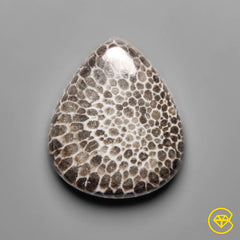 Black Gemstones (943)
Black Gemstones (943)
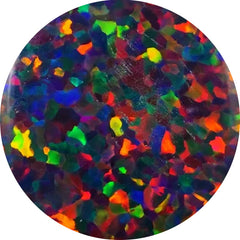 BLACK OPAL (40)
BLACK OPAL (40)
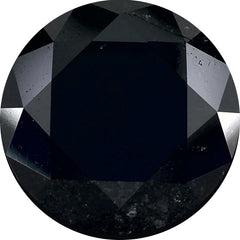 BLACK SPINEL (23)
BLACK SPINEL (23)
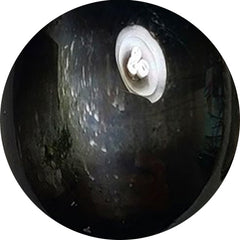 BLACK STAR (32)
BLACK STAR (32)
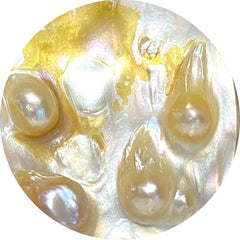 BLISTER PEARL (32)
BLISTER PEARL (32)
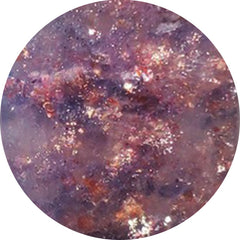 BLOODSHOT IOLITE (80)
BLOODSHOT IOLITE (80)
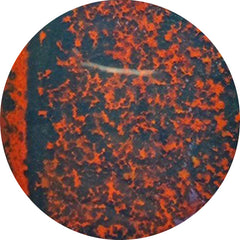 BLOODSTONE (69)
BLOODSTONE (69)
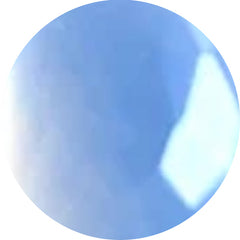 BLUE CHALCEDONY (43)
BLUE CHALCEDONY (43)
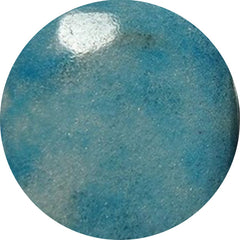 BLUE DIOPSIDE (0)
BLUE DIOPSIDE (0)
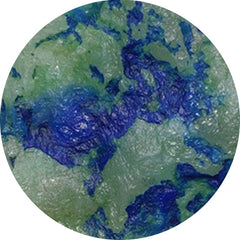 BLUE HORIZON (15)
BLUE HORIZON (15)
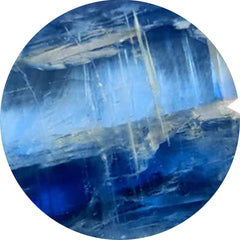 BLUE KYANITE (38)
BLUE KYANITE (38)
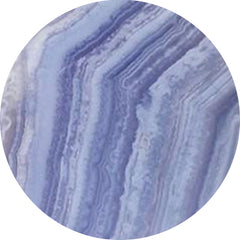 BLUE LACE AGATE (259)
BLUE LACE AGATE (259)
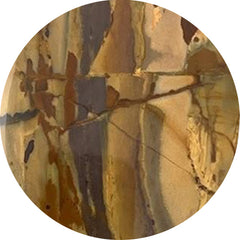 BLUE MOUNTAIN JASPER (0)
BLUE MOUNTAIN JASPER (0)
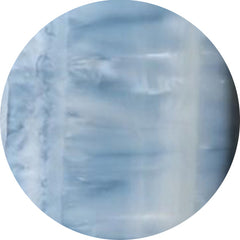 BLUE OPAL (162)
BLUE OPAL (162)
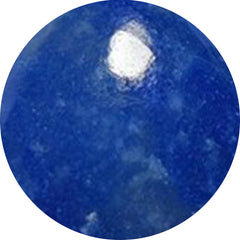 BLUE QUARTZ (41)
BLUE QUARTZ (41)
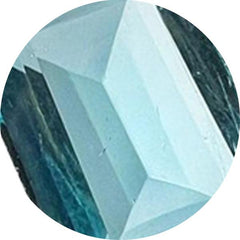 BLUE TOPAZ (55)
BLUE TOPAZ (55)
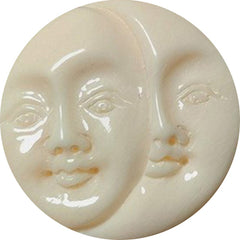 BONE (21)
BONE (21)
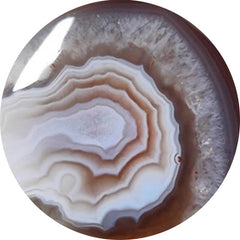 BOTSWANA AGATE (253)
BOTSWANA AGATE (253)
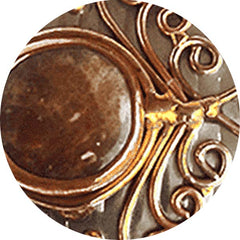 BRONZE (0)
BRONZE (0)
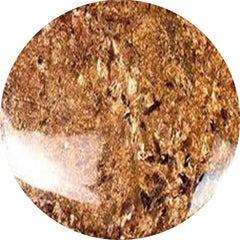 BRONZITE (2)
BRONZITE (2)
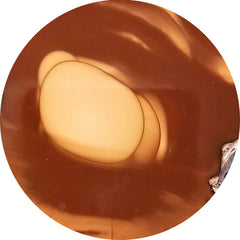 BRUNEAU JASPER (15)
BRUNEAU JASPER (15)
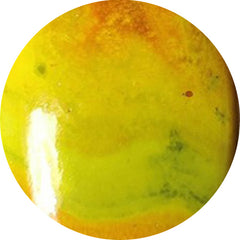 BUMBLE BEE JASPER (202)
BUMBLE BEE JASPER (202)
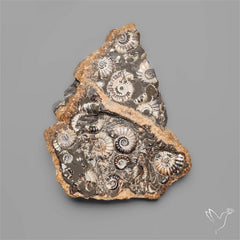 Buy Gemstones In USA (697)
Buy Gemstones In USA (697)
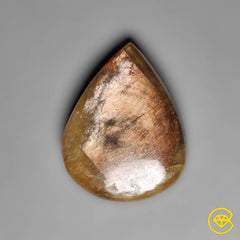 Cabochons (12919)
Cabochons (12919)
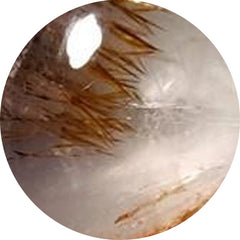 CACOXENITE (67)
CACOXENITE (67)
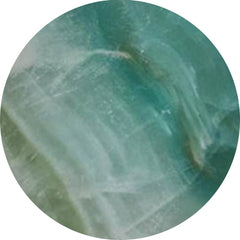 CALCITE (222)
CALCITE (222)
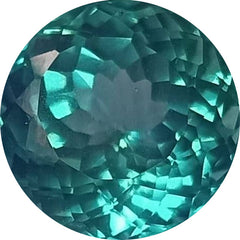 Calibrated (147)
Calibrated (147)
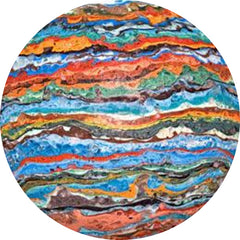 CALSILICA (0)
CALSILICA (0)
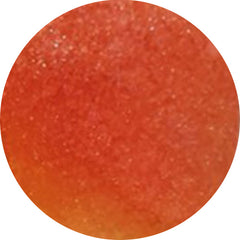 CANDY CORN (6)
CANDY CORN (6)
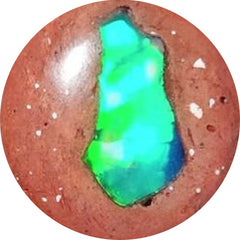 CANTERA OPAL (17)
CANTERA OPAL (17)
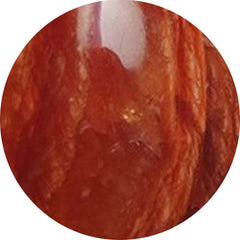 CARAMEL OPAL (2)
CARAMEL OPAL (2)
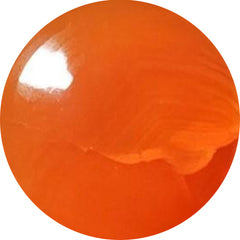 CARNELIAN AGATE (60)
CARNELIAN AGATE (60)
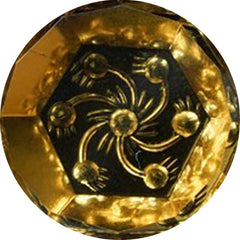 CARVING (1807)
CARVING (1807)
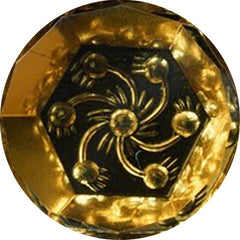 Carvings (2049)
Carvings (2049)
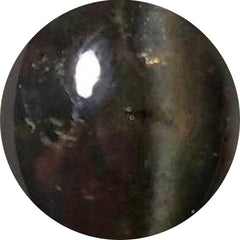 CATS EYE (64)
CATS EYE (64)
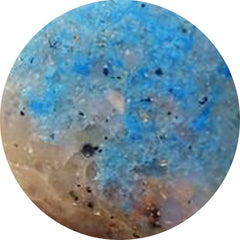 CAVANSITE (16)
CAVANSITE (16)
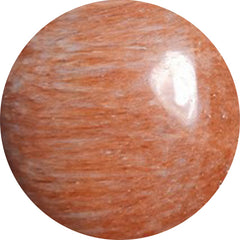 CELESTOBARITE (7)
CELESTOBARITE (7)
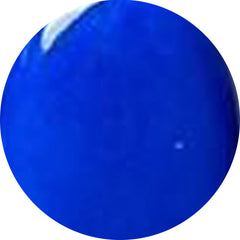 CERULEITE (0)
CERULEITE (0)
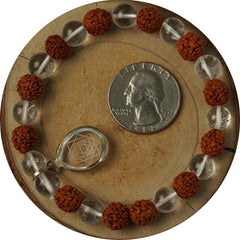 CHAKRA STONE (1)
CHAKRA STONE (1)
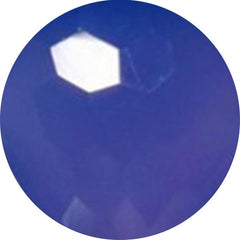 CHALCEDONY (467)
CHALCEDONY (467)
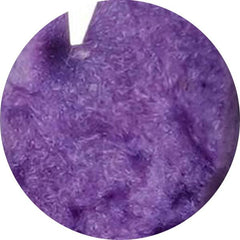 CHAROITE (187)
CHAROITE (187)
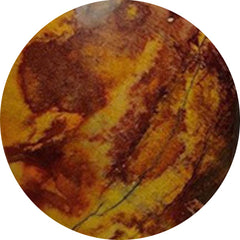 CHERRY CREEK JASPER (10)
CHERRY CREEK JASPER (10)
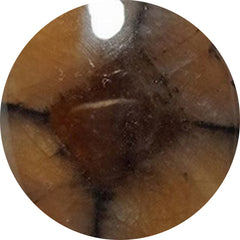 CHIASTOLITE (16)
CHIASTOLITE (16)
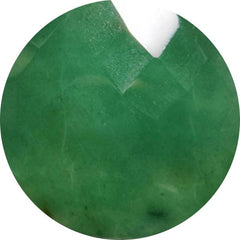 CHROME CHALCEDONY (80)
CHROME CHALCEDONY (80)
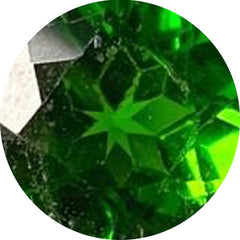 CHROME DIOPSIDE (23)
CHROME DIOPSIDE (23)
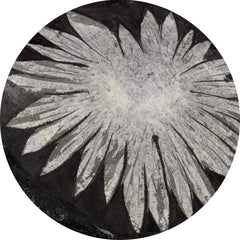 CHRYSANTHEMUM FOSSIL (0)
CHRYSANTHEMUM FOSSIL (0)
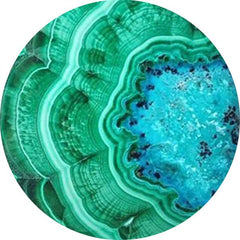 CHRYSOCOLLA (376)
CHRYSOCOLLA (376)
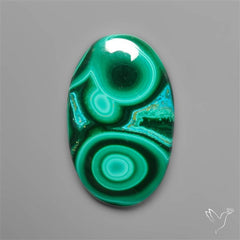 Chrysocolla Malachite (77)
Chrysocolla Malachite (77)
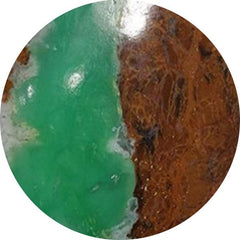 CHRYSOPRASE (321)
CHRYSOPRASE (321)
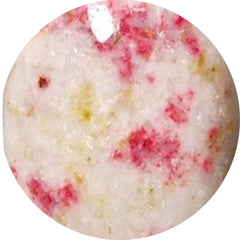 CINNABAR (23)
CINNABAR (23)
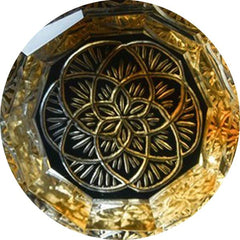 CITRINE (114)
CITRINE (114)
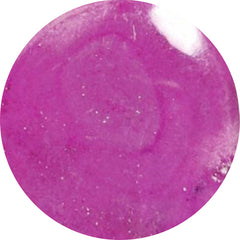 COBALTO CALCITE (66)
COBALTO CALCITE (66)
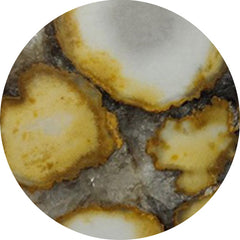 COBRA JASPER (30)
COBRA JASPER (30)
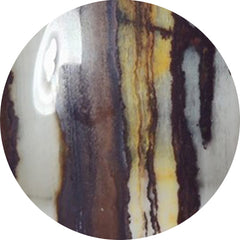 COCONUT JASPER (2)
COCONUT JASPER (2)
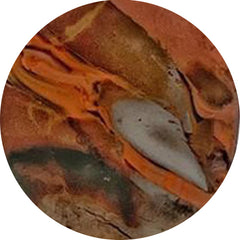 COFFEE BEAN JASPER (2)
COFFEE BEAN JASPER (2)
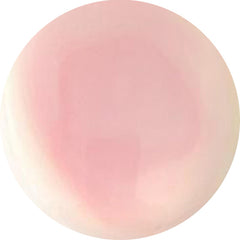 CONCH SHELL (7)
CONCH SHELL (7)
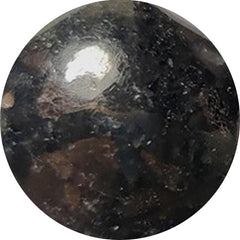 COPPERNITE (0)
COPPERNITE (0)
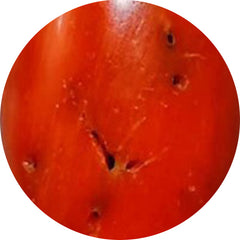 CORAL (364)
CORAL (364)
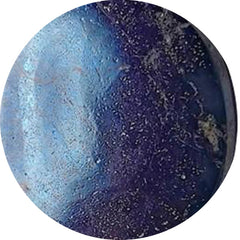 COVELLITE (6)
COVELLITE (6)
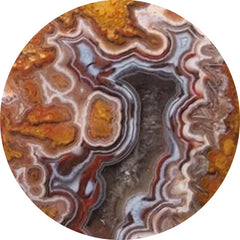 CRAZY LACE AGATE (196)
CRAZY LACE AGATE (196)
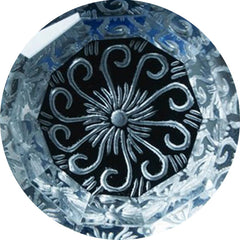 CRYSTAL (213)
CRYSTAL (213)
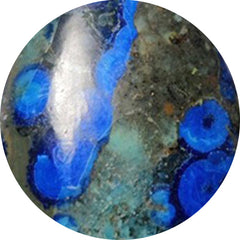 CUPRITE (27)
CUPRITE (27)
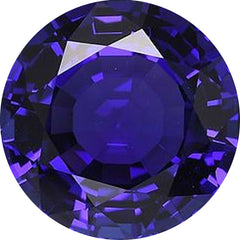 DECEMBER BIRTHSTONE (289)
DECEMBER BIRTHSTONE (289)
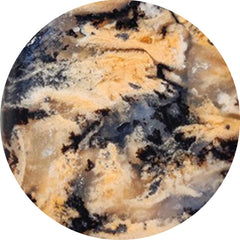 DENDRITIC AGATE (457)
DENDRITIC AGATE (457)
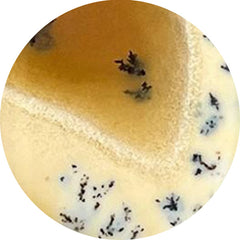 DENDRITIC OPAL (78)
DENDRITIC OPAL (78)
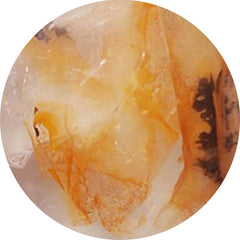 DENDRITIC QUARTZ (2)
DENDRITIC QUARTZ (2)
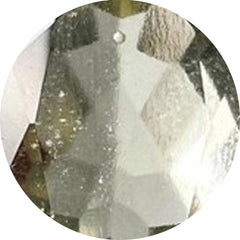 DESERT GLASS (9)
DESERT GLASS (9)
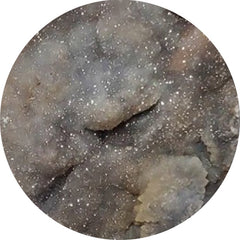 DESERT JASPER DRUZY (15)
DESERT JASPER DRUZY (15)
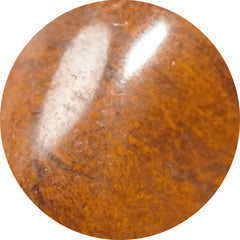 DESERT SUNSET JASPER (10)
DESERT SUNSET JASPER (10)
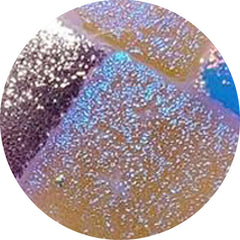 DICHROIC GLASS (149)
DICHROIC GLASS (149)
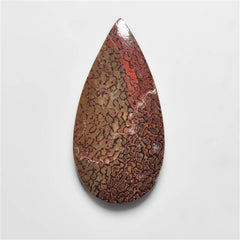 DINOSAUR BONE FOSSIL (15)
DINOSAUR BONE FOSSIL (15)
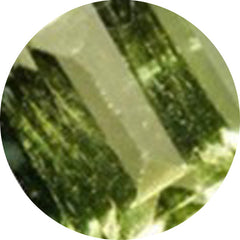 DIOPSIDE (58)
DIOPSIDE (58)
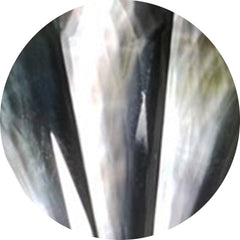 Doublets (848)
Doublets (848)
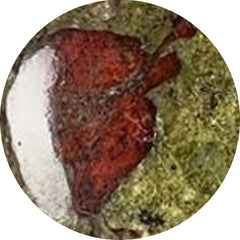 DRAGONBLOOD JASPER (1)
DRAGONBLOOD JASPER (1)
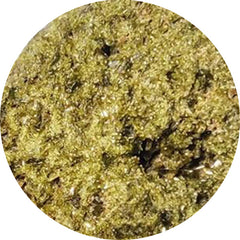 DRUZY (397)
DRUZY (397)
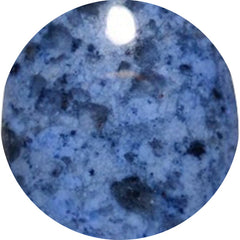 DUMORTIERITE (62)
DUMORTIERITE (62)
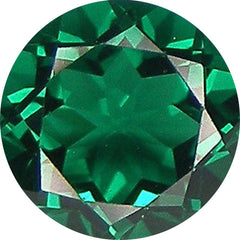 EMERALD (64)
EMERALD (64)
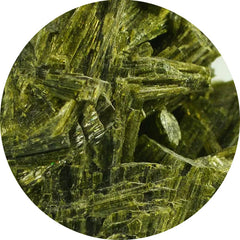 EPIDOTE (10)
EPIDOTE (10)
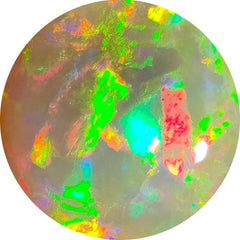 ETHIOPIAN OPAL (62)
ETHIOPIAN OPAL (62)
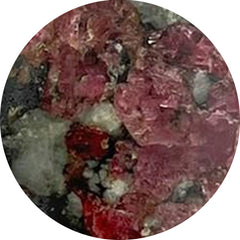 EUDIALYTE (12)
EUDIALYTE (12)
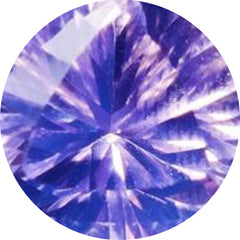 FACETED ROSE CUT (2165)
FACETED ROSE CUT (2165)
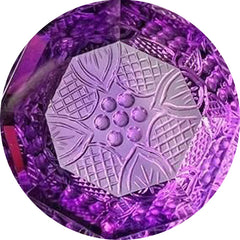 FANTASY CUTS (51)
FANTASY CUTS (51)
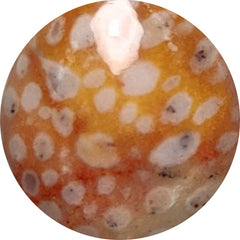 FAWN JASPER (14)
FAWN JASPER (14)
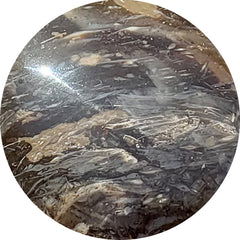 FEATHER AGATE (0)
FEATHER AGATE (0)
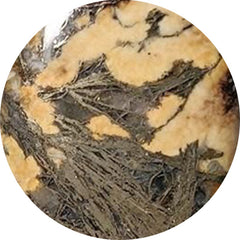 FEATHER PYRITE (37)
FEATHER PYRITE (37)
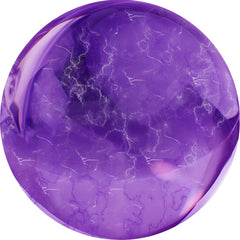 FEBRUARY BIRTHSTONE (2814)
FEBRUARY BIRTHSTONE (2814)
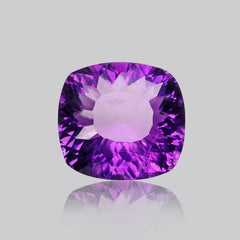 Fine Amethyst (27)
Fine Amethyst (27)
 Fine Ametrine (0)
Fine Ametrine (0)
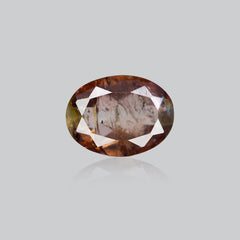 Fine Andalusite (1)
Fine Andalusite (1)
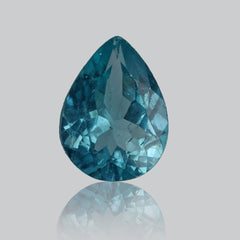 Fine Apatite (6)
Fine Apatite (6)
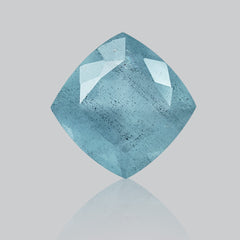 Fine Aquamarine (10)
Fine Aquamarine (10)
 Fine Black Opal (11)
Fine Black Opal (11)
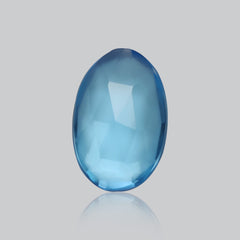 Fine Blue Topaz (35)
Fine Blue Topaz (35)
 Fine Citrine (25)
Fine Citrine (25)
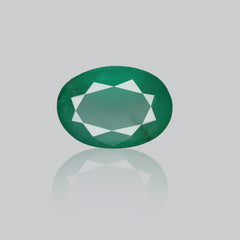 Fine Emerald (13)
Fine Emerald (13)
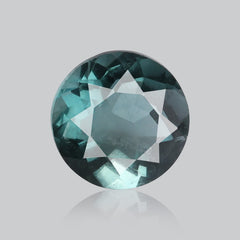 Fine Fluorite (12)
Fine Fluorite (12)
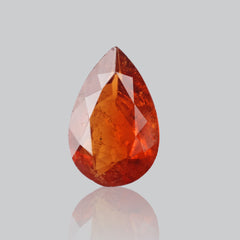 Fine Garnet (47)
Fine Garnet (47)
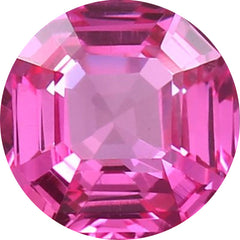 Fine Gemstone (0)
Fine Gemstone (0)
 Fine Iolite (35)
Fine Iolite (35)
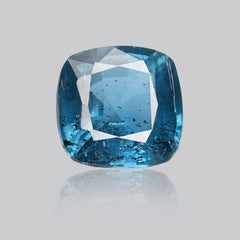 Fine Kyanite (30)
Fine Kyanite (30)
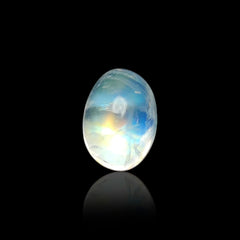 Fine Moonstone (9)
Fine Moonstone (9)
 Fine Peridot (20)
Fine Peridot (20)
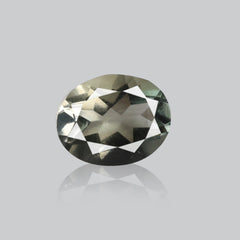 Fine Prasiolite (26)
Fine Prasiolite (26)
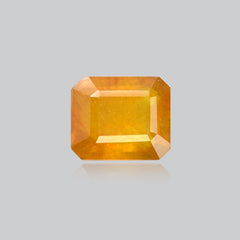 Fine Sapphire (1)
Fine Sapphire (1)
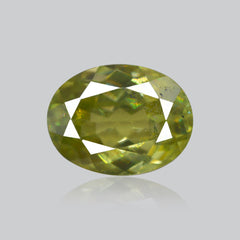 Fine Sphene (17)
Fine Sphene (17)
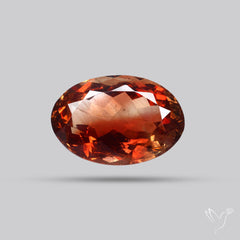 Fine Sunstone (49)
Fine Sunstone (49)
 Fine Tanzanite (56)
Fine Tanzanite (56)
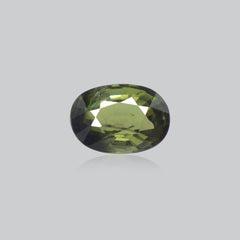 Fine Tourmaline (3)
Fine Tourmaline (3)
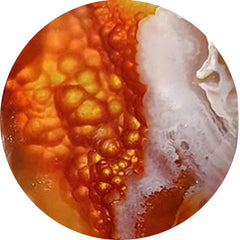 FIRE AGATE (7)
FIRE AGATE (7)
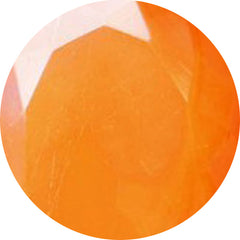 FIRE OPALS (38)
FIRE OPALS (38)
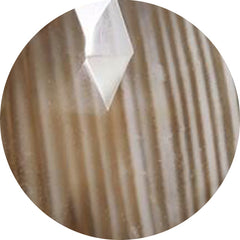 FLINT STONE (10)
FLINT STONE (10)
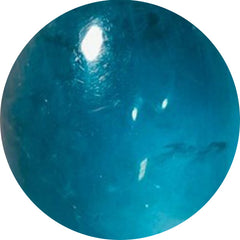 FLUORITE (155)
FLUORITE (155)
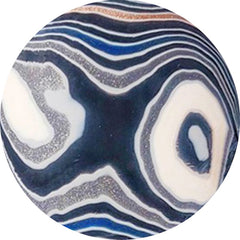 FORDITE (58)
FORDITE (58)
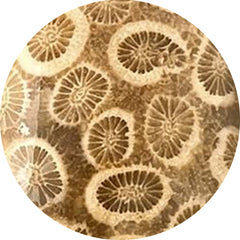 FOSSIL CORAL (329)
FOSSIL CORAL (329)
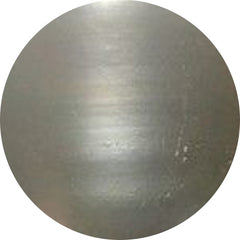 FOSSIL MARSTON MARBLE (21)
FOSSIL MARSTON MARBLE (21)
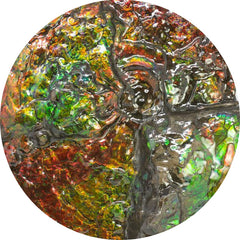 Fossils (550)
Fossils (550)
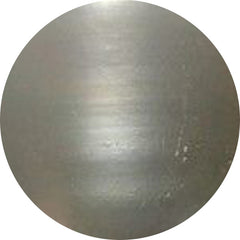 FRESHWATER PEARL (22)
FRESHWATER PEARL (22)
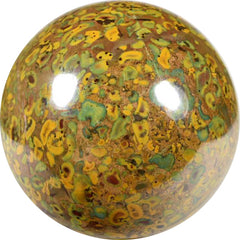 FRUIT JASPER (14)
FRUIT JASPER (14)
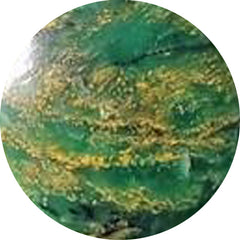 FUCHSITE (6)
FUCHSITE (6)
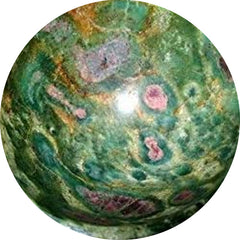 FUSCHITE (11)
FUSCHITE (11)
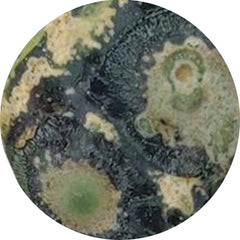 GALAXY JASPER (9)
GALAXY JASPER (9)
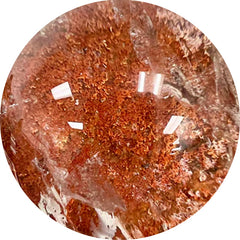 GARDEN QUARTZ (6)
GARDEN QUARTZ (6)
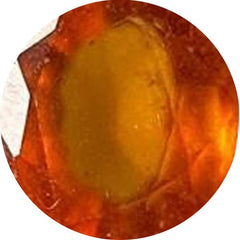 GARNET (132)
GARNET (132)
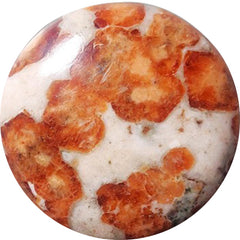 GARNET IN LIMESTONE (36)
GARNET IN LIMESTONE (36)
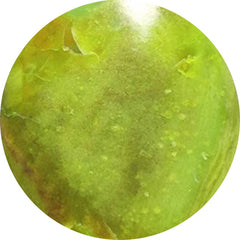 GASPEITE (14)
GASPEITE (14)
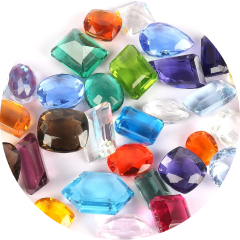 GEMSTONE LOTS (476)
GEMSTONE LOTS (476)
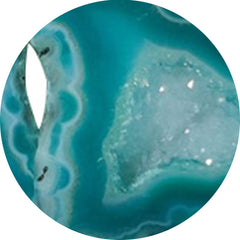 GEODE (14)
GEODE (14)
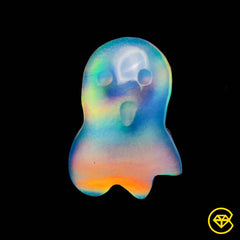 Ghost carving (61)
Ghost carving (61)
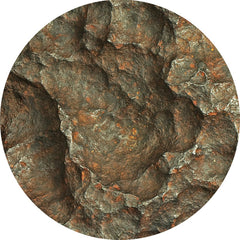 GIBEON METEORITE (23)
GIBEON METEORITE (23)
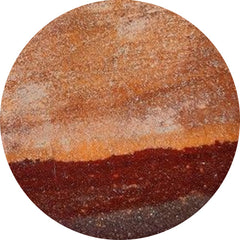 GILA MONSTER AGATE (16)
GILA MONSTER AGATE (16)
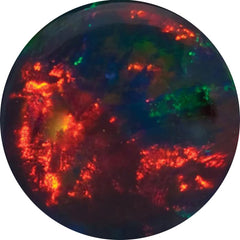 GILSON OPAL (22)
GILSON OPAL (22)
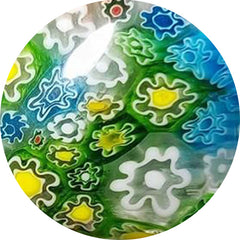 GLASS (189)
GLASS (189)
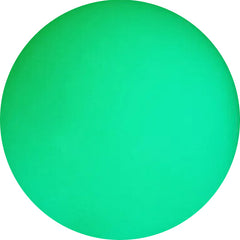 GLOW STONE (15)
GLOW STONE (15)
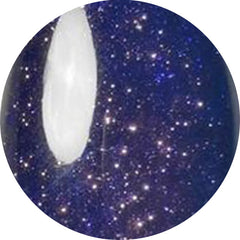 GOLDSTONE (36)
GOLDSTONE (36)
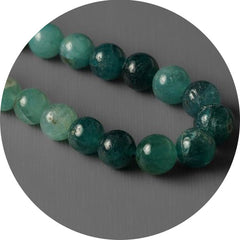 GRANDIDIERITE (8)
GRANDIDIERITE (8)
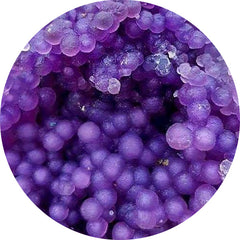 GRAPE AGATE (110)
GRAPE AGATE (110)
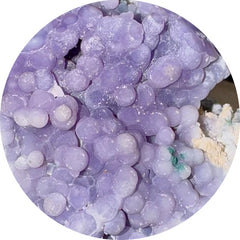 GRAPE CHALCEDONY (4)
GRAPE CHALCEDONY (4)
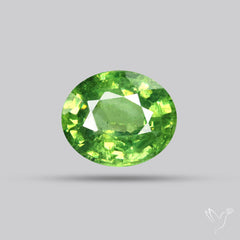 Green Gemstones (418)
Green Gemstones (418)
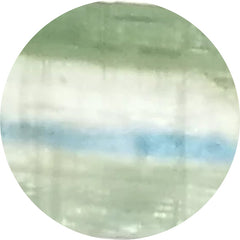 GREEN KYANITE (9)
GREEN KYANITE (9)
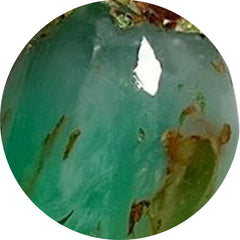 GREEN PRASE OPAL (8)
GREEN PRASE OPAL (8)
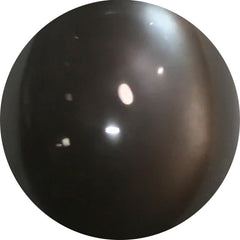 GREY MOONSTONE (32)
GREY MOONSTONE (32)
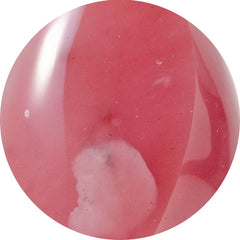 GUAVA QUARTZ (9)
GUAVA QUARTZ (9)
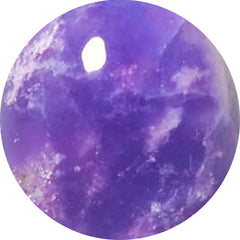 HACKMANITE (11)
HACKMANITE (11)
 HEART CARVING (349)
HEART CARVING (349)
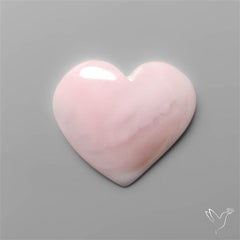 Heart Shape Gemstones (3)
Heart Shape Gemstones (3)
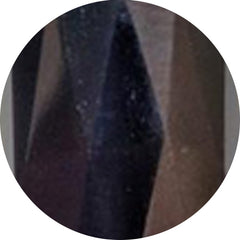 HEMATITE (36)
HEMATITE (36)
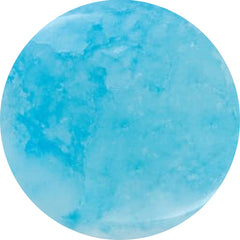 HEMIMORPHITE (58)
HEMIMORPHITE (58)
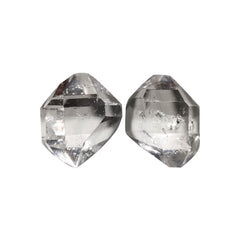 Herkimer Diamond (40)
Herkimer Diamond (40)
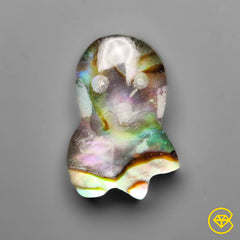 Himalayan Quartz (446)
Himalayan Quartz (446)
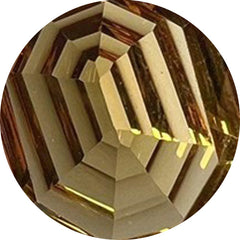 HONEY QUARTZ (19)
HONEY QUARTZ (19)
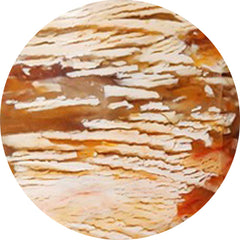 HOWARDITE OPAL (29)
HOWARDITE OPAL (29)
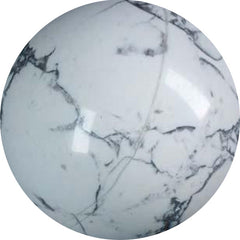 HOWLITE (4)
HOWLITE (4)
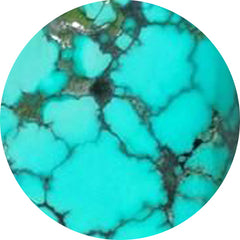 HUBEI TURQUOISE (55)
HUBEI TURQUOISE (55)
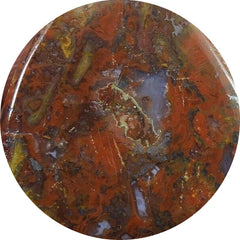 HUNGARIAN AGATE (1)
HUNGARIAN AGATE (1)
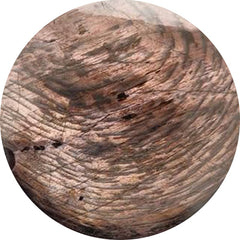 HYPERSTHENE (45)
HYPERSTHENE (45)
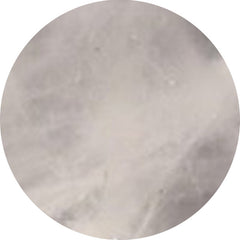 ICE QUARTZ (0)
ICE QUARTZ (0)
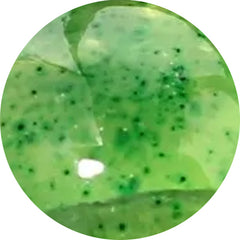 IDOCRASE (1)
IDOCRASE (1)
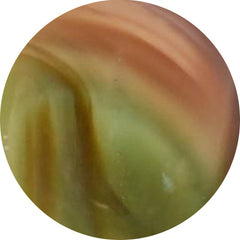 IMPERIAL JASPER (79)
IMPERIAL JASPER (79)
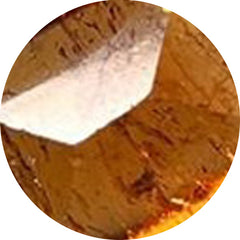 IMPERIAL TOPAZ (0)
IMPERIAL TOPAZ (0)
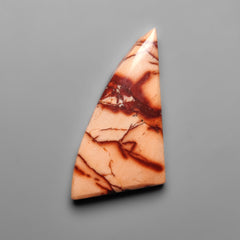 INDIAN PAINT STONE (5)
INDIAN PAINT STONE (5)
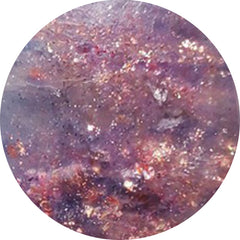 IOLITE (166)
IOLITE (166)
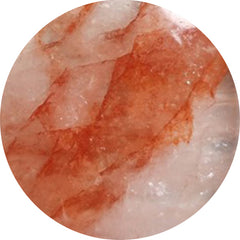 IRON QUARTZ (50)
IRON QUARTZ (50)
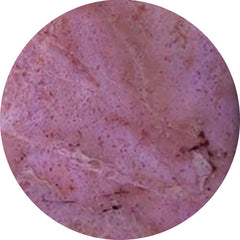 JADE (35)
JADE (35)
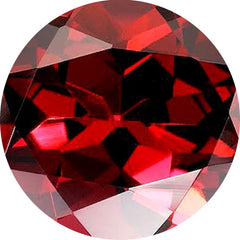 JANUARY BIRTHSTONE (466)
JANUARY BIRTHSTONE (466)
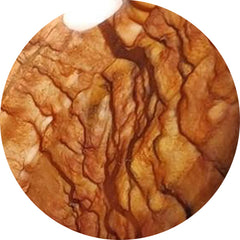 JASPERS (40)
JASPERS (40)
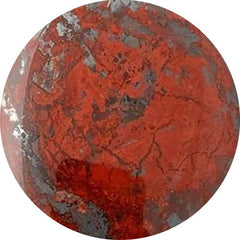 JASPILLITE (4)
JASPILLITE (4)
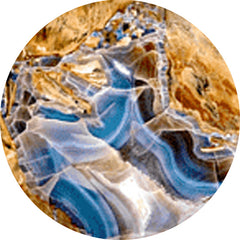 JAVA CHALCEDONY (16)
JAVA CHALCEDONY (16)
 JULY BIRTHSTONE (549)
JULY BIRTHSTONE (549)
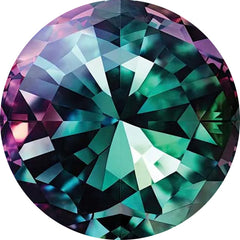 June Birthstones: Moonstone, Pearl, and Alexandrite (938)
June Birthstones: Moonstone, Pearl, and Alexandrite (938)
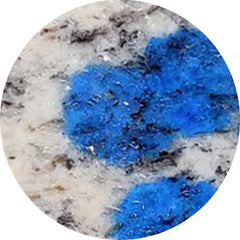 K2 JASPER (8)
K2 JASPER (8)
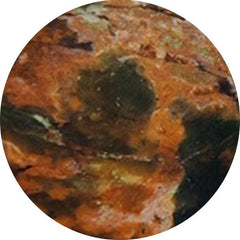 KALEIDOSCOPE AGATE (0)
KALEIDOSCOPE AGATE (0)
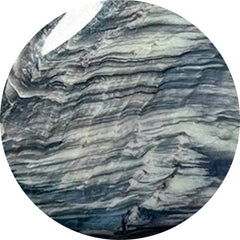 KAMMERERITE (107)
KAMMERERITE (107)
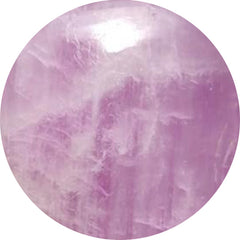 KUNZITE (7)
KUNZITE (7)
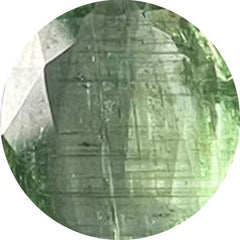 KYANITE (101)
KYANITE (101)
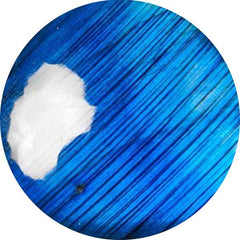 LABRADORITE (293)
LABRADORITE (293)
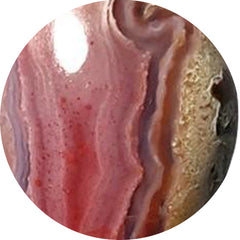 LAGUNA LACE AGATE (60)
LAGUNA LACE AGATE (60)
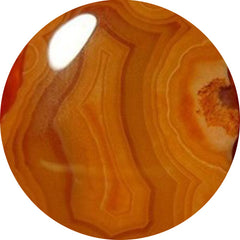 LAKE SUPERIOR AGATE (27)
LAKE SUPERIOR AGATE (27)
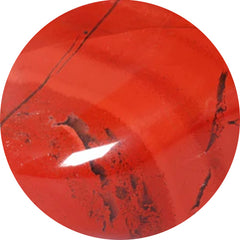 LANDSCAPE JASPER (0)
LANDSCAPE JASPER (0)
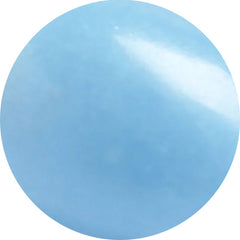 LANGITE (0)
LANGITE (0)
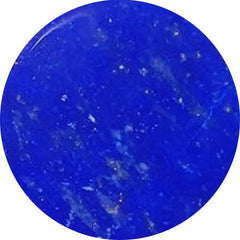 LAPIS LAZULI (181)
LAPIS LAZULI (181)
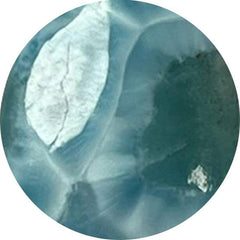 LARIMAR (120)
LARIMAR (120)
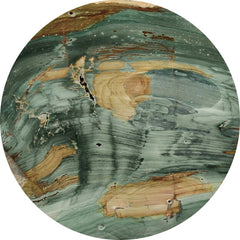 LARSONITE (19)
LARSONITE (19)
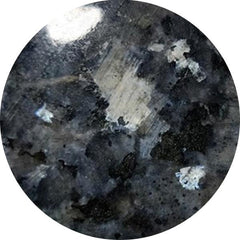 LARVIKITE FELDSPAR (46)
LARVIKITE FELDSPAR (46)
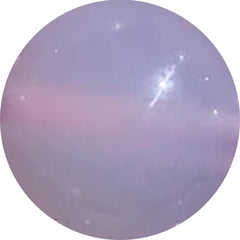 LAVENDER CHALCEDONY (28)
LAVENDER CHALCEDONY (28)
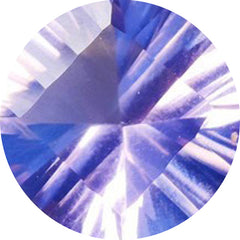 LAVENDER QUARTZ (5)
LAVENDER QUARTZ (5)
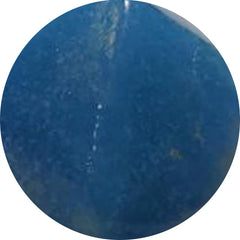 LAZULITE (8)
LAZULITE (8)
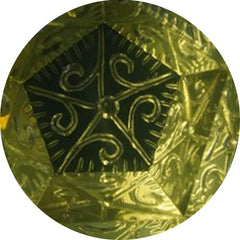 LEMON QUARTZ (45)
LEMON QUARTZ (45)
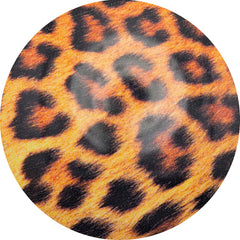 LEOPARD SKIN SHELL (0)
LEOPARD SKIN SHELL (0)
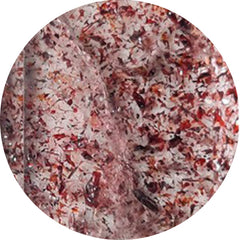 LEPIDOCROCITE (9)
LEPIDOCROCITE (9)
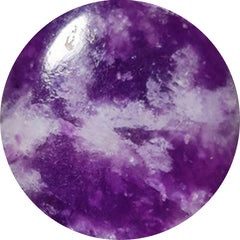 LEPIDOLITE (83)
LEPIDOLITE (83)
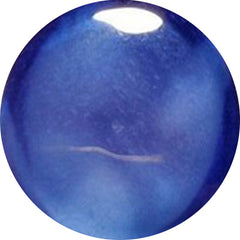 LINDY STAR SAPPHIRE (0)
LINDY STAR SAPPHIRE (0)
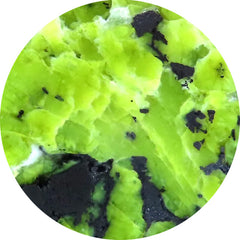 LIZARDITE (57)
LIZARDITE (57)
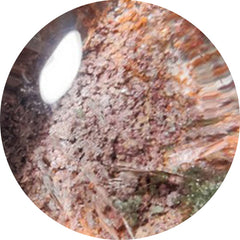 LODOLITE (96)
LODOLITE (96)
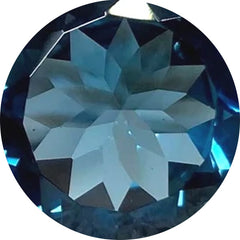 LONDON BLUE TOPAZ (15)
LONDON BLUE TOPAZ (15)
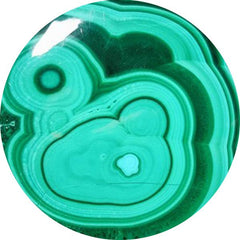 MALACHITE (590)
MALACHITE (590)
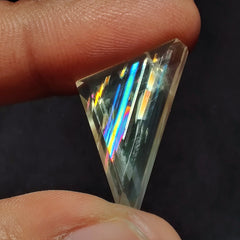 Malawi Moonstone (38)
Malawi Moonstone (38)
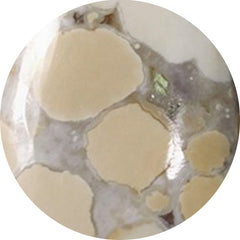 MALIGANO JASPER (72)
MALIGANO JASPER (72)
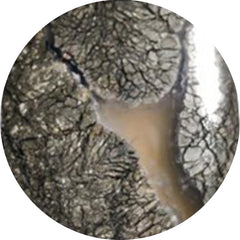 MARCASITE (24)
MARCASITE (24)
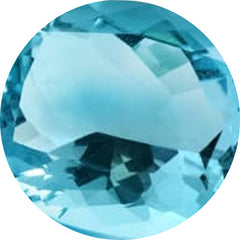 MARCH BIRTHSTONE (1502)
MARCH BIRTHSTONE (1502)
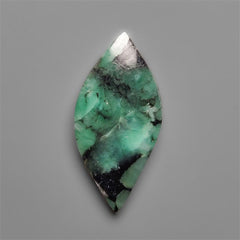 Marquise Shape Gemstones (5)
Marquise Shape Gemstones (5)
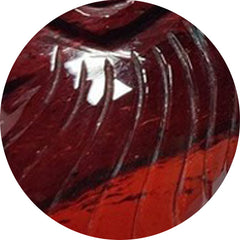 MARY ELLEN JASPER (0)
MARY ELLEN JASPER (0)
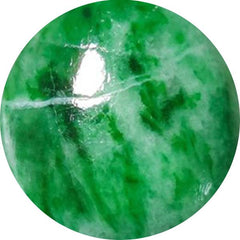 MAW SIT SIT (18)
MAW SIT SIT (18)
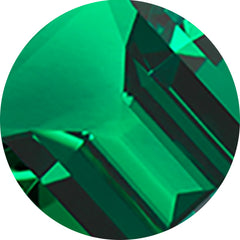 MAY BIRTHSTONE (408)
MAY BIRTHSTONE (408)
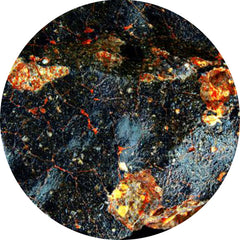 METEORITE (23)
METEORITE (23)
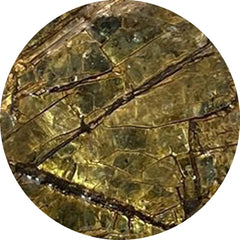 MICA (45)
MICA (45)
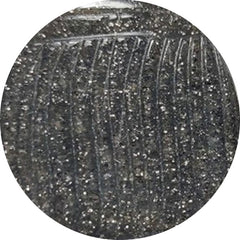 MIDNIGHT QUARTZITE (21)
MIDNIGHT QUARTZITE (21)
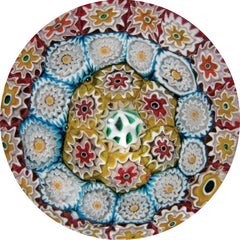 MILLEFIORI GLASS (2)
MILLEFIORI GLASS (2)
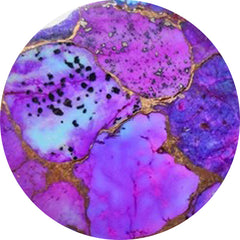 MOHAVE TURQUOISE (64)
MOHAVE TURQUOISE (64)
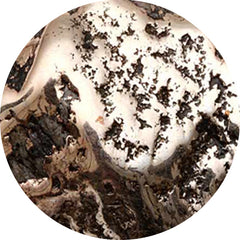 MOHAWKITES (10)
MOHAWKITES (10)
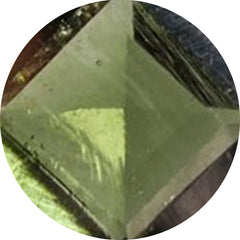 MOLDAVITE (27)
MOLDAVITE (27)
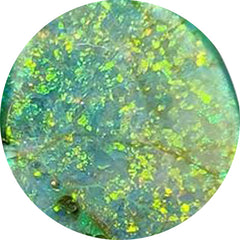 MONARCH OPAL (31)
MONARCH OPAL (31)
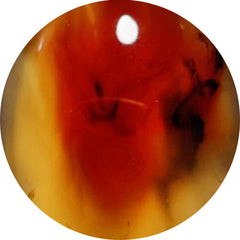 MONTANA AGATE (88)
MONTANA AGATE (88)
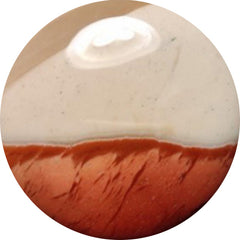 MOOKAITE (37)
MOOKAITE (37)
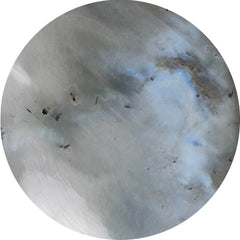 MOONSTONE (322)
MOONSTONE (322)
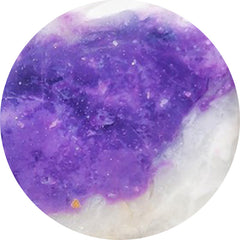 MORADO OPAL (1)
MORADO OPAL (1)
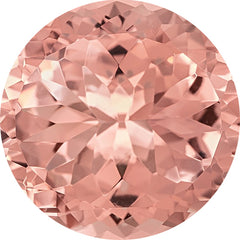 MORGANITE (0)
MORGANITE (0)
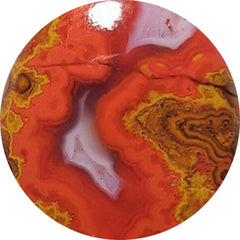 MOROCCAN SEAM AGATE (114)
MOROCCAN SEAM AGATE (114)
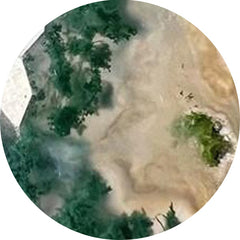 MOSS AGATE (396)
MOSS AGATE (396)
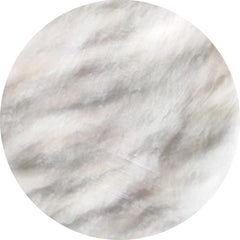 MOTHER OF PEARL (485)
MOTHER OF PEARL (485)
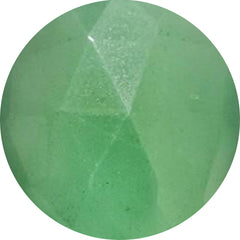 MTOROLITE (46)
MTOROLITE (46)
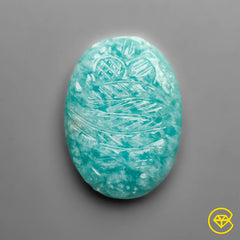 Mughal Carving (513)
Mughal Carving (513)
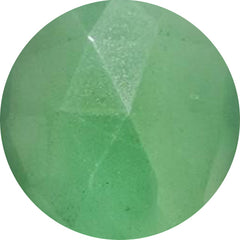 MUSCOVITE (21)
MUSCOVITE (21)
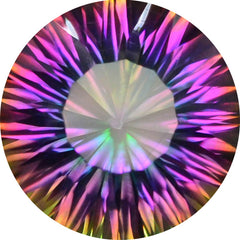 MYSTIC QUARTZ (1)
MYSTIC QUARTZ (1)
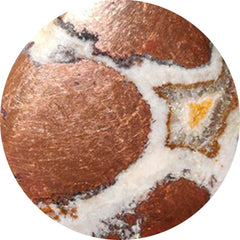 NATIVE COPPER (34)
NATIVE COPPER (34)
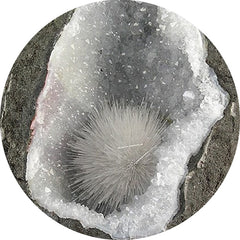 NATROLITE (27)
NATROLITE (27)
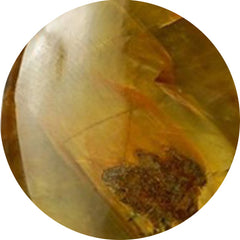 NELLITE (8)
NELLITE (8)
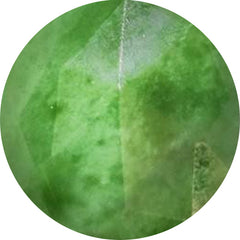 NEPHRITE JADE (3)
NEPHRITE JADE (3)
 New Arrivals (431)
New Arrivals (431)
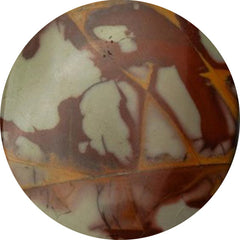 NOREENA JASPER (31)
NOREENA JASPER (31)
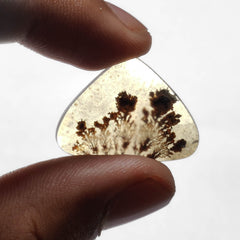 NOVEMBER BIRTHSTONE (168)
NOVEMBER BIRTHSTONE (168)
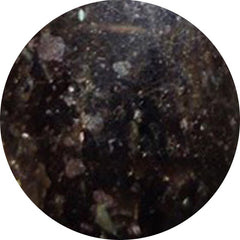 NUUMMITE (4)
NUUMMITE (4)
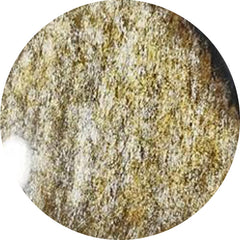 OBSIDIAN (356)
OBSIDIAN (356)
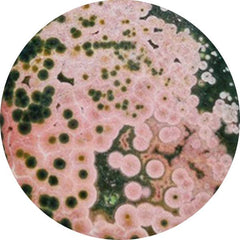 OCEAN JASPER (286)
OCEAN JASPER (286)
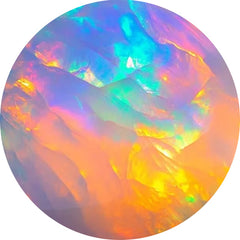 OCTOBER BIRTHSTONE (1209)
OCTOBER BIRTHSTONE (1209)
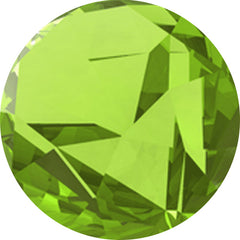 OLIVE QUARTZ (5)
OLIVE QUARTZ (5)
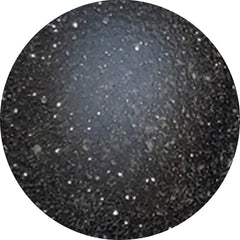 ONYX (291)
ONYX (291)
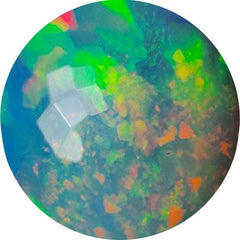 Opal (1046)
Opal (1046)
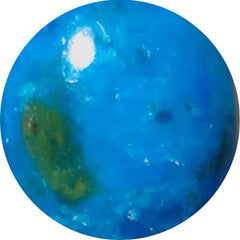 OPALINA (11)
OPALINA (11)
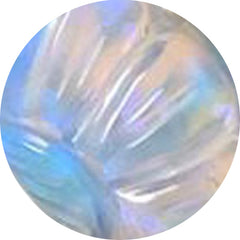 OPALITE (29)
OPALITE (29)
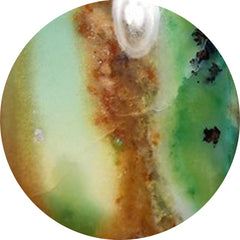 OPALWOOD (5)
OPALWOOD (5)
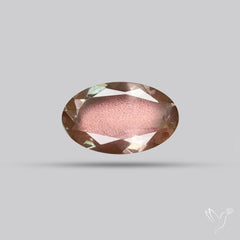 Orange Gemstones (367)
Orange Gemstones (367)
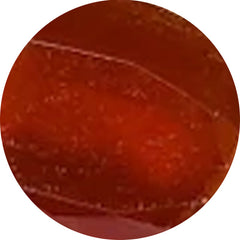 ORANGE KYANITE (3)
ORANGE KYANITE (3)
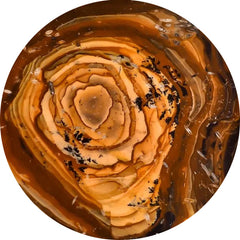 OREGON JASPER (7)
OREGON JASPER (7)
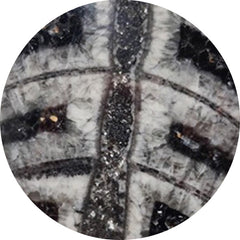 ORTHOCERAS FOSSIL (41)
ORTHOCERAS FOSSIL (41)
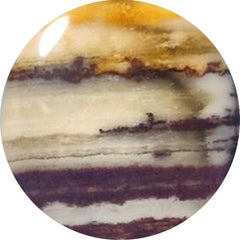 OUTBACK JASPER (5)
OUTBACK JASPER (5)
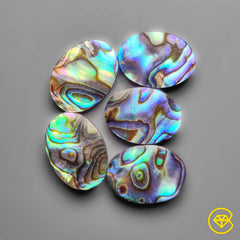 Oval Shape Gemstones (8)
Oval Shape Gemstones (8)
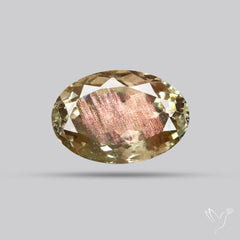 OVER $50 (315)
OVER $50 (315)
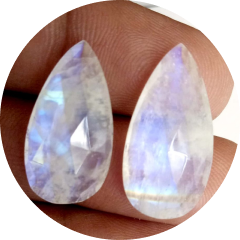 Pairs (1034)
Pairs (1034)
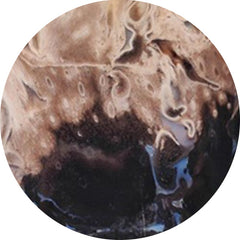 PALMROOT AGATE (92)
PALMROOT AGATE (92)
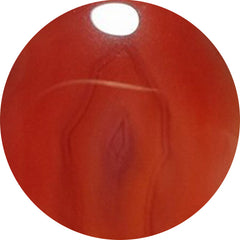 PASSION AGATE (1)
PASSION AGATE (1)
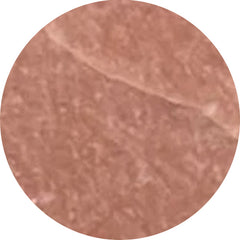 PEACH MOONSTONE (47)
PEACH MOONSTONE (47)
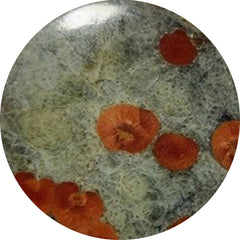 PEANUT OBSIDIAN (40)
PEANUT OBSIDIAN (40)
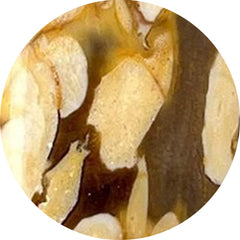 PEANUT WOOD JASPER (180)
PEANUT WOOD JASPER (180)
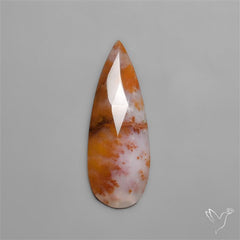 Pear Shape Gemstones (9)
Pear Shape Gemstones (9)
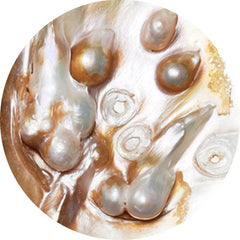 PEARL (616)
PEARL (616)
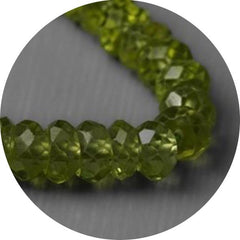 PERIDOT (23)
PERIDOT (23)
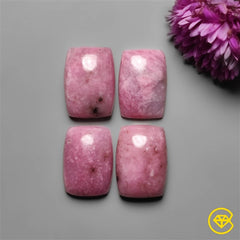 PETALITE (23)
PETALITE (23)
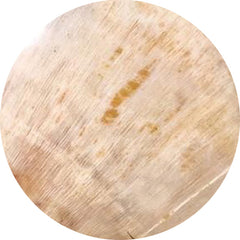 PETRIFIED WOOD (48)
PETRIFIED WOOD (48)
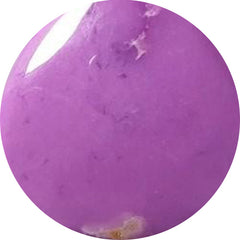 PHOSPHOSIDERITE (96)
PHOSPHOSIDERITE (96)
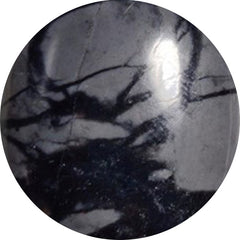 PICASSO JASPER (72)
PICASSO JASPER (72)
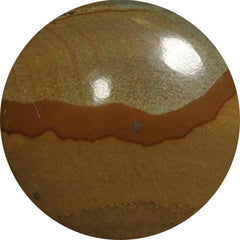 PICTURE JASPER (72)
PICTURE JASPER (72)
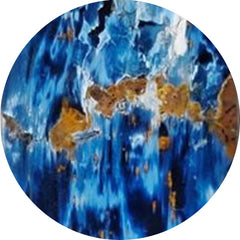 PIETERSITE (58)
PIETERSITE (58)
 Pink Gemstones (411)
Pink Gemstones (411)
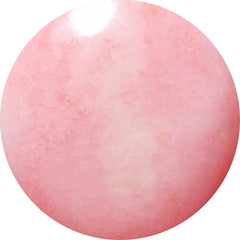 PINK OPAL (149)
PINK OPAL (149)
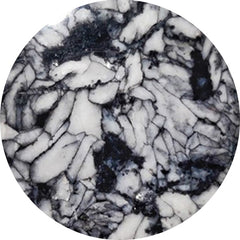 PINOLITH (38)
PINOLITH (38)
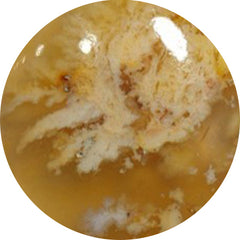 PLUME AGATE (97)
PLUME AGATE (97)
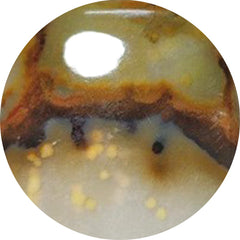 POLKA DOT AGATE (42)
POLKA DOT AGATE (42)
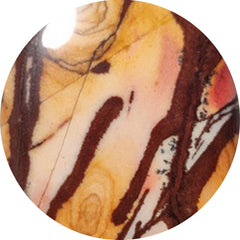 POLYCHROME JASPER (46)
POLYCHROME JASPER (46)
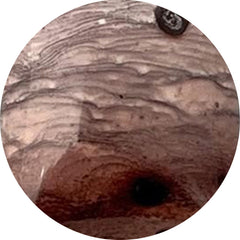 PORCELAIN JASPER (33)
PORCELAIN JASPER (33)
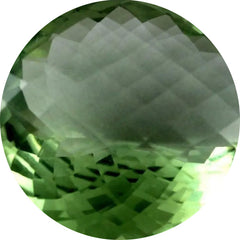 PRASIOLITE (46)
PRASIOLITE (46)
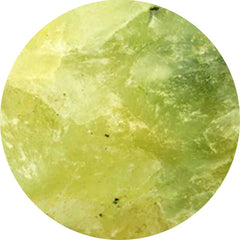 PREHNITE (23)
PREHNITE (23)
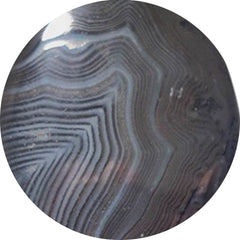 PSILOMELANE (24)
PSILOMELANE (24)
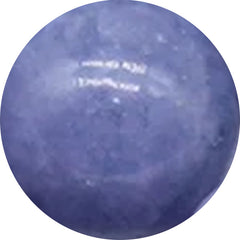 PURPLE CHALCEDONY (45)
PURPLE CHALCEDONY (45)
 Purple Gemstones (970)
Purple Gemstones (970)
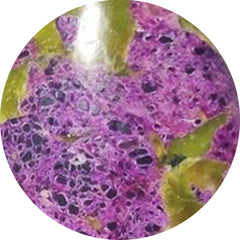 PURPURITE (7)
PURPURITE (7)
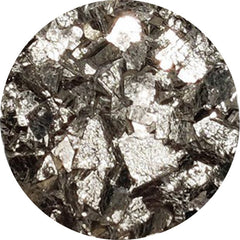 PYRITE (137)
PYRITE (137)
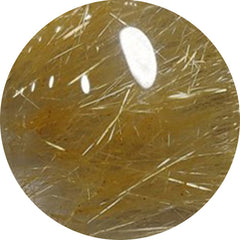 QUARTZ (128)
QUARTZ (128)
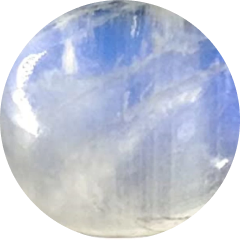 Rain Moonstones (0)
Rain Moonstones (0)
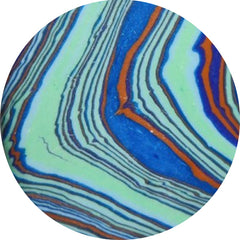 RAINBOW CALCILICA (13)
RAINBOW CALCILICA (13)
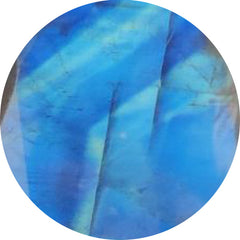 RAINBOW MOONSTONE (95)
RAINBOW MOONSTONE (95)
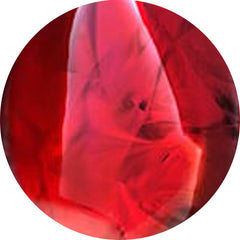 RED FOSSIL (0)
RED FOSSIL (0)
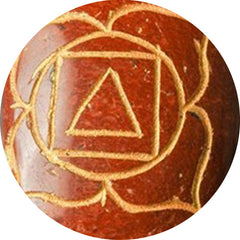 RED JASPER (3)
RED JASPER (3)
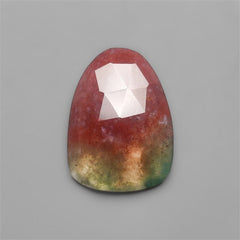 Red Moss Agate (83)
Red Moss Agate (83)
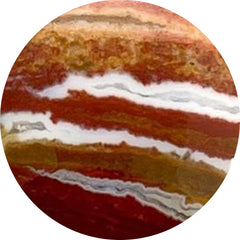 RED RIVER JASPER (15)
RED RIVER JASPER (15)
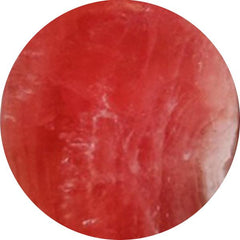 RHODOCHROSITE (422)
RHODOCHROSITE (422)
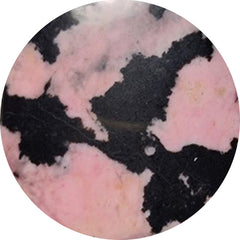 RHODONITE (81)
RHODONITE (81)
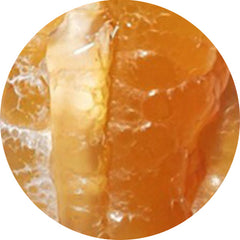 ROCK CHALCEDONY (2)
ROCK CHALCEDONY (2)
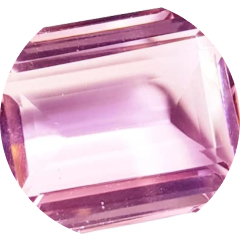 Rose Cut Gemstones (742)
Rose Cut Gemstones (742)
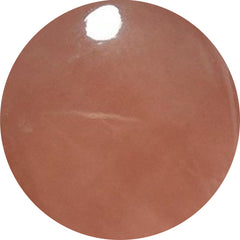 ROSE QUARTZ (58)
ROSE QUARTZ (58)
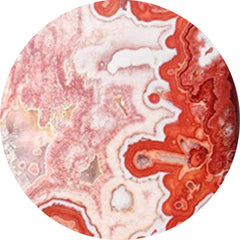 ROSITA JASPER (14)
ROSITA JASPER (14)
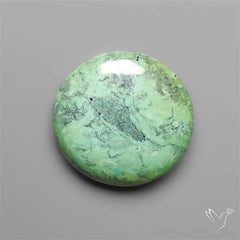 Round Shape Gemstones (7)
Round Shape Gemstones (7)
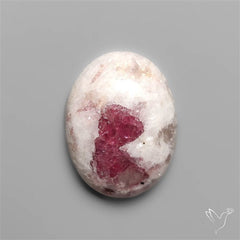 Rubellite (13)
Rubellite (13)
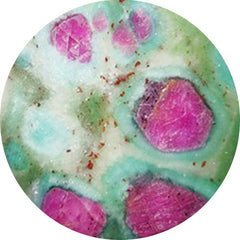 RUBY IN FUCHSITE (5)
RUBY IN FUCHSITE (5)
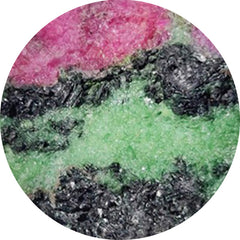 RUBY IN ZOISITE (94)
RUBY IN ZOISITE (94)
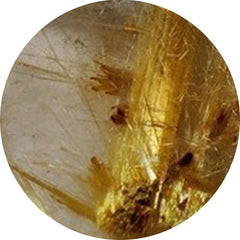 RUTILATED QUARTZ (257)
RUTILATED QUARTZ (257)
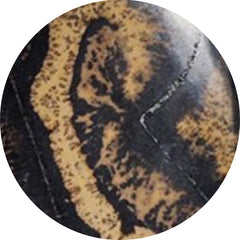 SAGE BRUSH JASPER (0)
SAGE BRUSH JASPER (0)
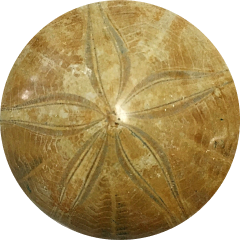 SAND DOLLAR FOSSIL (3)
SAND DOLLAR FOSSIL (3)
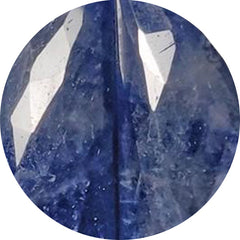 SAPPHIRE (31)
SAPPHIRE (31)
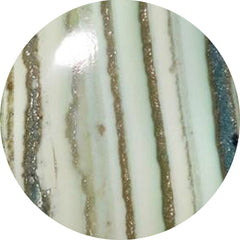 SATURN CHALCEDONY (61)
SATURN CHALCEDONY (61)
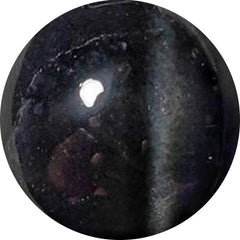 SCAPOLITE (13)
SCAPOLITE (13)
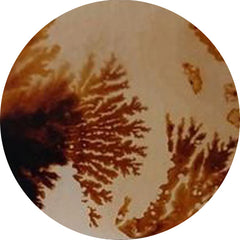 SCENIC AGATE (110)
SCENIC AGATE (110)
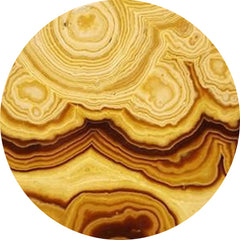 SCHALENBLENDE (101)
SCHALENBLENDE (101)
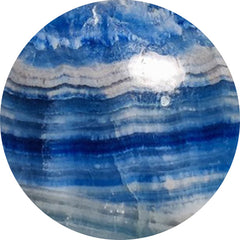 SCHEELITE (37)
SCHEELITE (37)
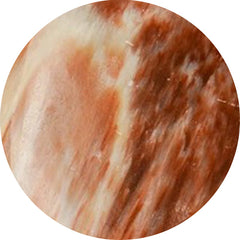 SCOLECITE (54)
SCOLECITE (54)
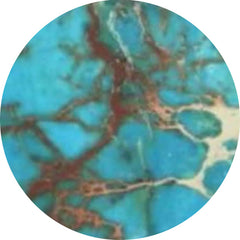 SEA SEDIMENT JASPER (1)
SEA SEDIMENT JASPER (1)
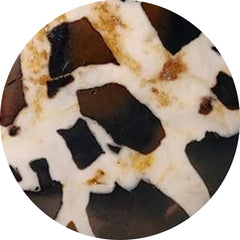 SEPTARIAN (94)
SEPTARIAN (94)
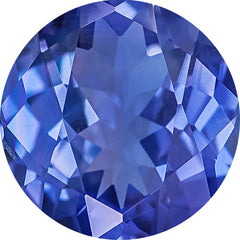 SEPTEMBER BIRTHSTONE (214)
SEPTEMBER BIRTHSTONE (214)
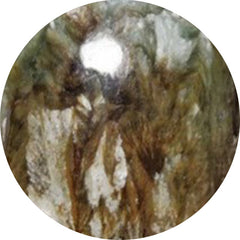 SERAPHINITE (87)
SERAPHINITE (87)
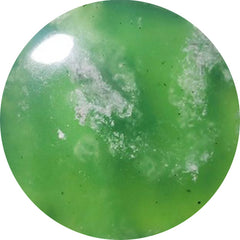 SERPENTINE (177)
SERPENTINE (177)
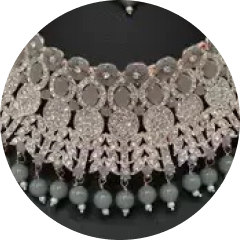 SETS (0)
SETS (0)
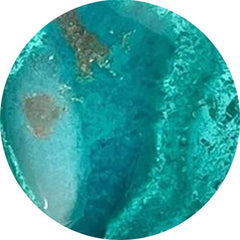 SHATTUCKITE (287)
SHATTUCKITE (287)
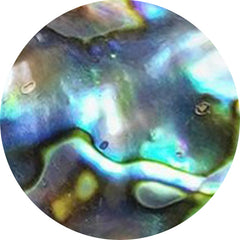 SHELL (268)
SHELL (268)
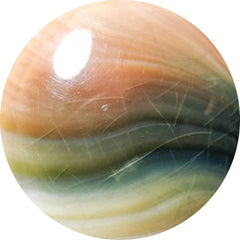 SHIVA EYE SHELL (47)
SHIVA EYE SHELL (47)
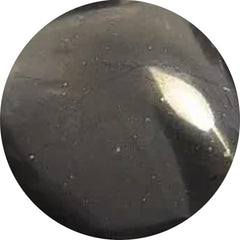 SHUNGITE (4)
SHUNGITE (4)
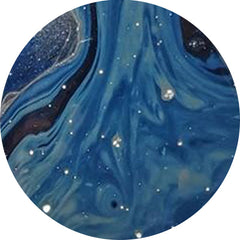 SIEBER AGATE (0)
SIEBER AGATE (0)
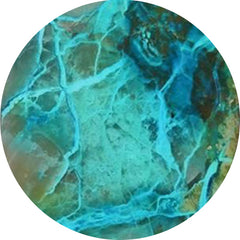 SILICA (4)
SILICA (4)
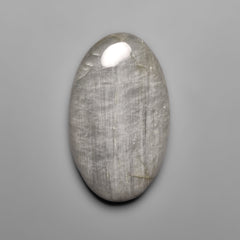 Silver Leaf Jasper (9)
Silver Leaf Jasper (9)
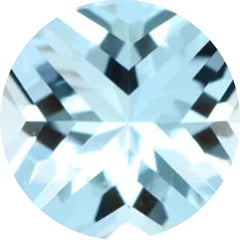 SKY BLUE TOPAZ (5)
SKY BLUE TOPAZ (5)
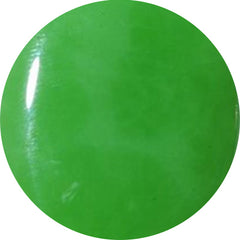 SMITHSONITE (29)
SMITHSONITE (29)
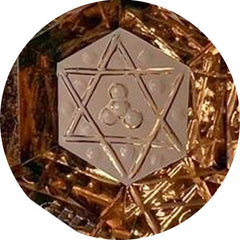 SMOKY QUARTZ (25)
SMOKY QUARTZ (25)
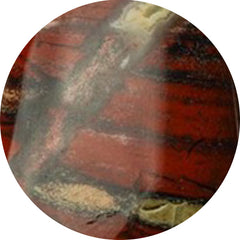 SNAKESKIN JASPER (53)
SNAKESKIN JASPER (53)
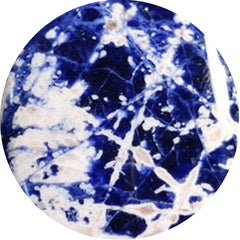 SODALITE (78)
SODALITE (78)
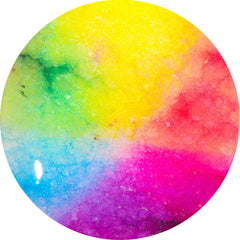 SOLAR AGATE (0)
SOLAR AGATE (0)
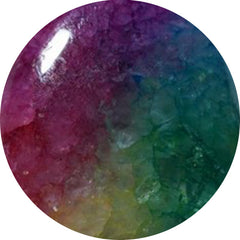 SOLAR QUARTZ (53)
SOLAR QUARTZ (53)
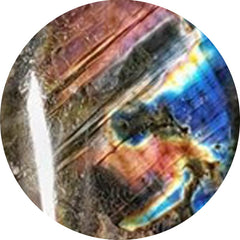 SPECTROLITE (84)
SPECTROLITE (84)
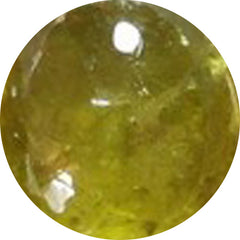 SPHENCE (25)
SPHENCE (25)
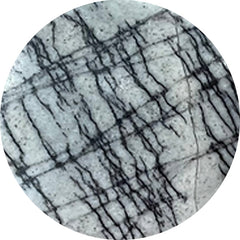 SPIDERWEB JASPER (2)
SPIDERWEB JASPER (2)
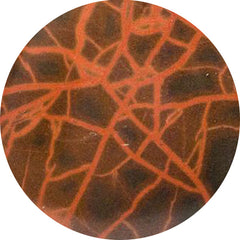 SPIDERWOMAN JASPER (0)
SPIDERWOMAN JASPER (0)
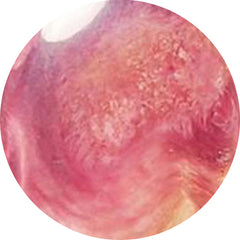 SPINY OYSTER SHELL (52)
SPINY OYSTER SHELL (52)
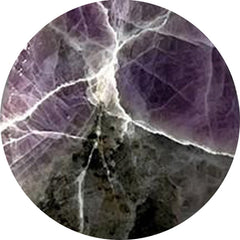 SPURRITE (7)
SPURRITE (7)
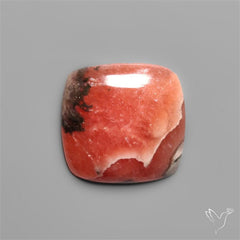 Square Shape Gemstones (10)
Square Shape Gemstones (10)
 STARBURST (1)
STARBURST (1)
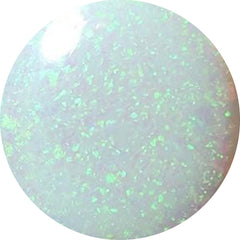 STERLING OPAL (12)
STERLING OPAL (12)
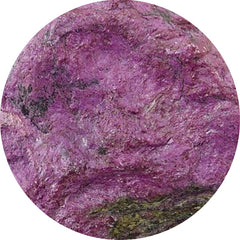 Stichtite (37)
Stichtite (37)
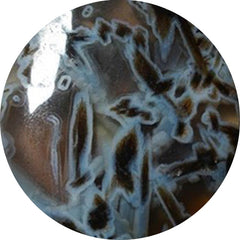 STICK AGATE (6)
STICK AGATE (6)
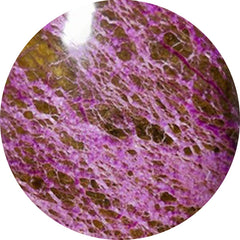 STITCHTITE (124)
STITCHTITE (124)
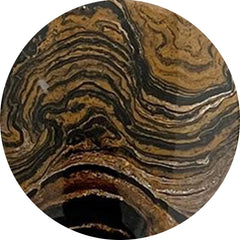 STRAMATOLITE (0)
STRAMATOLITE (0)
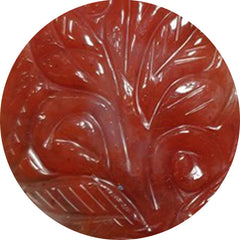 STRAWBERRY QUARTZ (11)
STRAWBERRY QUARTZ (11)
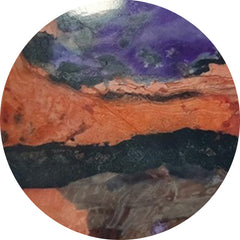 SUGILITE (1)
SUGILITE (1)
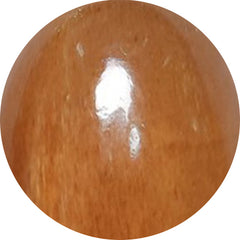 SUNSTONE (250)
SUNSTONE (250)
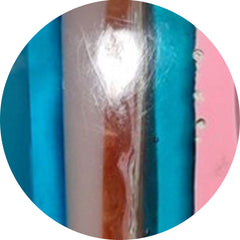 SURFITE (1)
SURFITE (1)
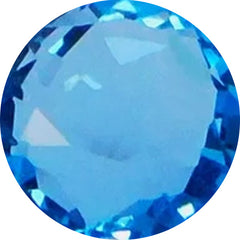 SWISS BLUE TOPAZ (32)
SWISS BLUE TOPAZ (32)
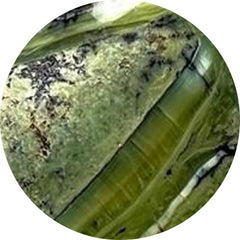 SWISS OPAL (4)
SWISS OPAL (4)
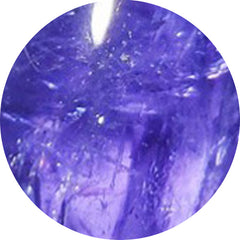 TANZANITE (57)
TANZANITE (57)
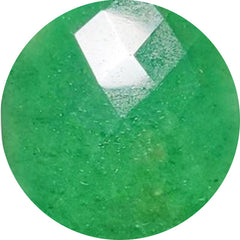 TANZURINE (11)
TANZURINE (11)
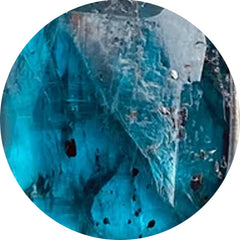 TEAL KYANITE (9)
TEAL KYANITE (9)
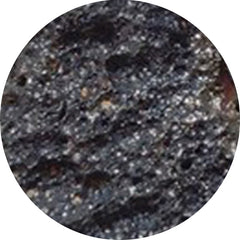 TEKTITE (42)
TEKTITE (42)
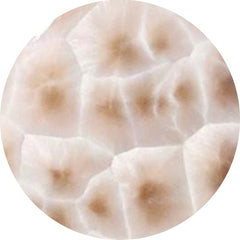 THOMSONITE (36)
THOMSONITE (36)
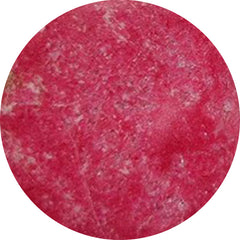 THULITE (82)
THULITE (82)
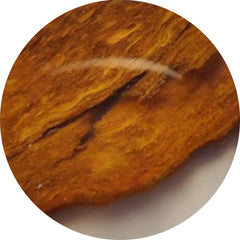 THUNDER EGG AGATE (0)
THUNDER EGG AGATE (0)
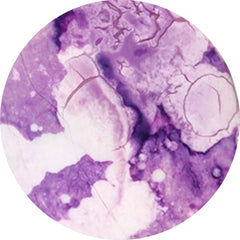 TIFFANY STONE (7)
TIFFANY STONE (7)
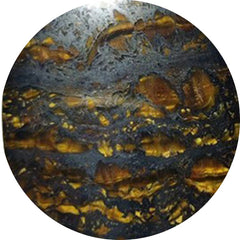 TIGER EYE (69)
TIGER EYE (69)
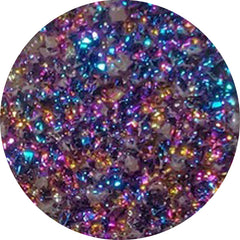 TITANIUM DRUZY (5)
TITANIUM DRUZY (5)
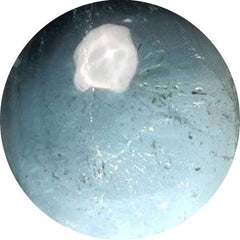 TOPAZ (55)
TOPAZ (55)
 TOURMALINE (172)
TOURMALINE (172)
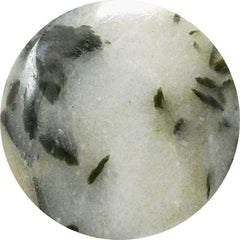 TOURMALINE IN QUARTZ (82)
TOURMALINE IN QUARTZ (82)
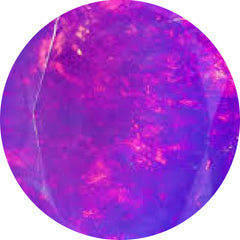 TREATED OPAL (42)
TREATED OPAL (42)
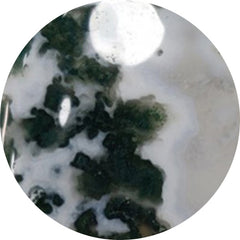 TREE AGATE (30)
TREE AGATE (30)
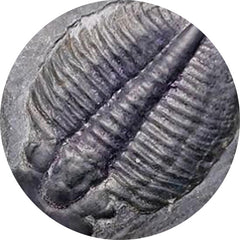 TRILOBITE FOSSIL (14)
TRILOBITE FOSSIL (14)
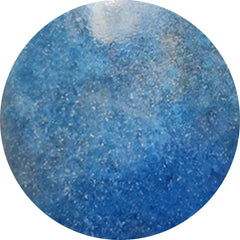 TROLLEITE QUARTZ (30)
TROLLEITE QUARTZ (30)
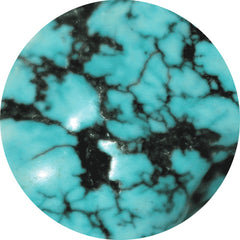 TUMBLES (1)
TUMBLES (1)
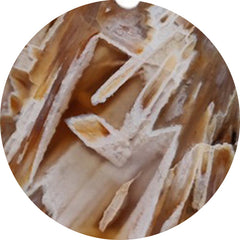 TURKISH TUBE AGATE (65)
TURKISH TUBE AGATE (65)
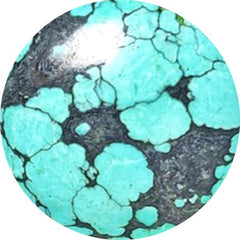 TURQUOISE (234)
TURQUOISE (234)
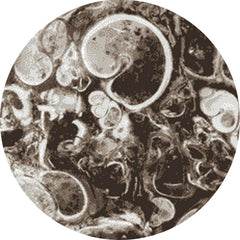 TURRITELLA JASPER (3)
TURRITELLA JASPER (3)
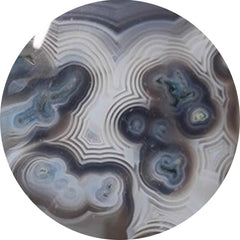 TUXEDO AGATE (67)
TUXEDO AGATE (67)
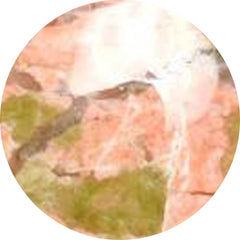 Unakite (4)
Unakite (4)
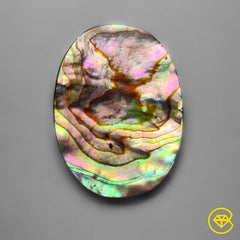 UNDER $10 (4140)
UNDER $10 (4140)
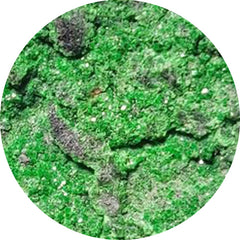 UVAROVITE GARNET (3)
UVAROVITE GARNET (3)
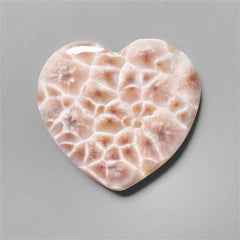 Valentine (734)
Valentine (734)
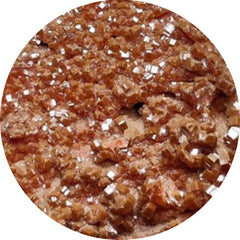 VANADINITE DRUZY (9)
VANADINITE DRUZY (9)
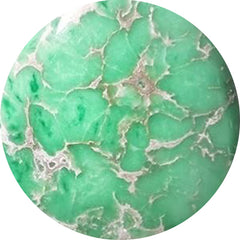 VARISCITE (131)
VARISCITE (131)
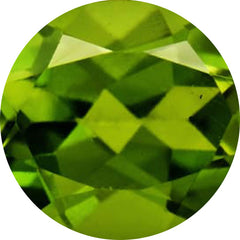 VESUVIANITE (1)
VESUVIANITE (1)
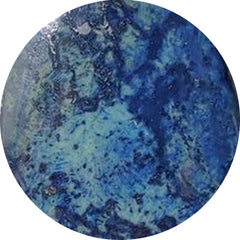 VIVIANITE (0)
VIVIANITE (0)
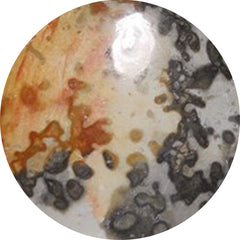 VOLCANIC COTHAM MARBLE (7)
VOLCANIC COTHAM MARBLE (7)
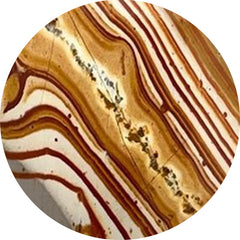 WAGUL JASPER (3)
WAGUL JASPER (3)
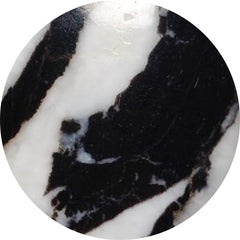 WHITE BUFFALO TURQUOISE (16)
WHITE BUFFALO TURQUOISE (16)
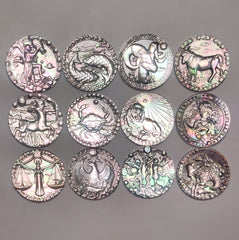 White Gemstones (1090)
White Gemstones (1090)
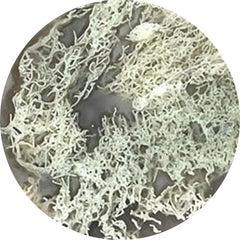 WHITE HORSE CANYON (46)
WHITE HORSE CANYON (46)
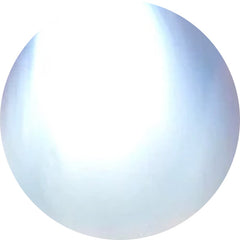 WHITE MOONSTONE (40)
WHITE MOONSTONE (40)
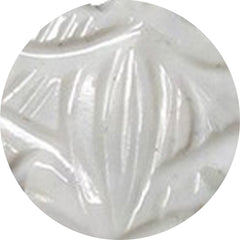 WHITE OPAL (13)
WHITE OPAL (13)
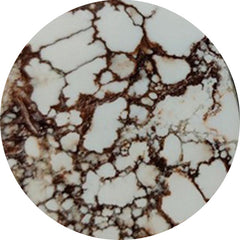 WILD HORSE JASPER (120)
WILD HORSE JASPER (120)
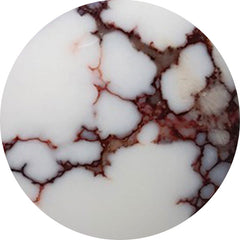 WILD HORSE MAGNESITE (53)
WILD HORSE MAGNESITE (53)
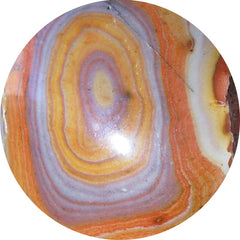 WONDER STONE (0)
WONDER STONE (0)
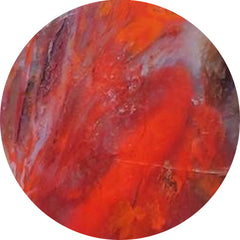 WOOD (203)
WOOD (203)
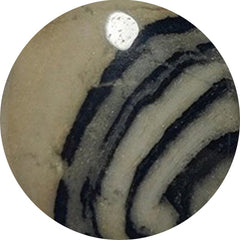 YAVAPAI TRAVERTINE (0)
YAVAPAI TRAVERTINE (0)
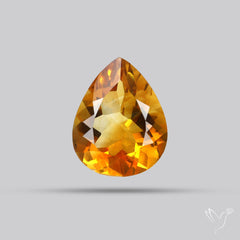 Yellow Gemstones (174)
Yellow Gemstones (174)
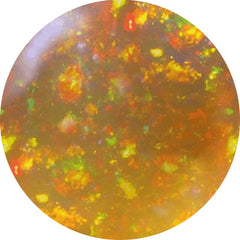 YELLOW OPAL (7)
YELLOW OPAL (7)
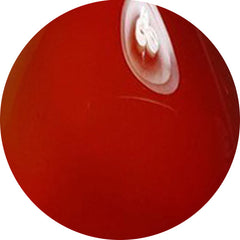 YEMENI AQEEQ (0)
YEMENI AQEEQ (0)
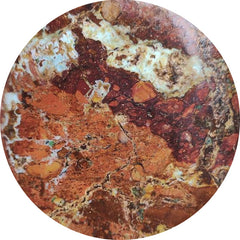 ZARINITE (0)
ZARINITE (0)
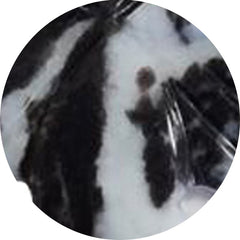 ZEBRA JASPER (1)
ZEBRA JASPER (1)
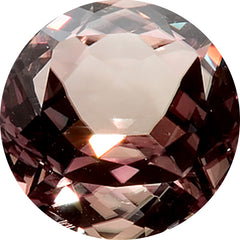 ZULTANITE (5)
ZULTANITE (5)






